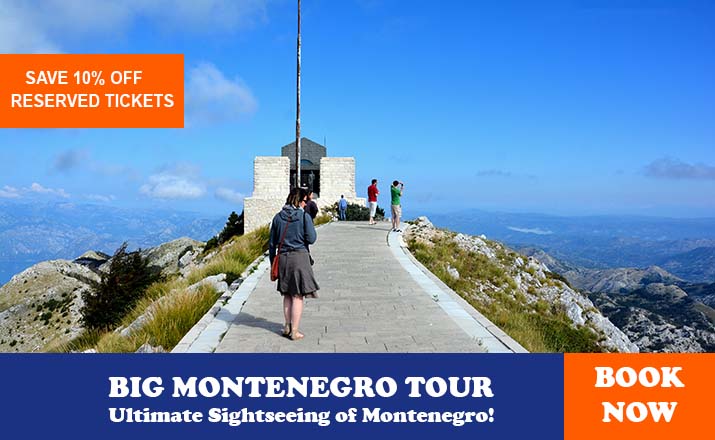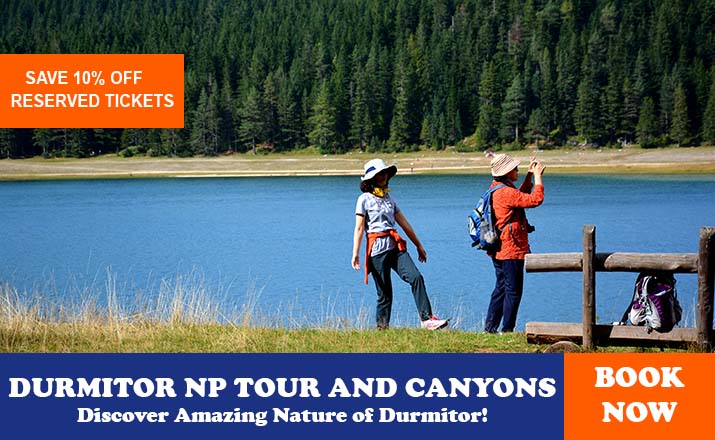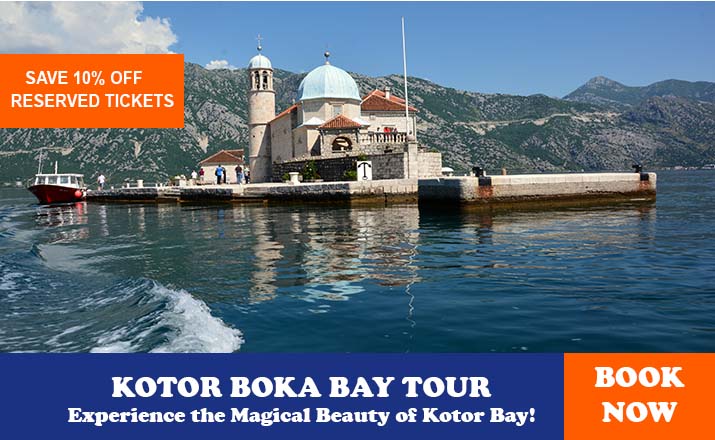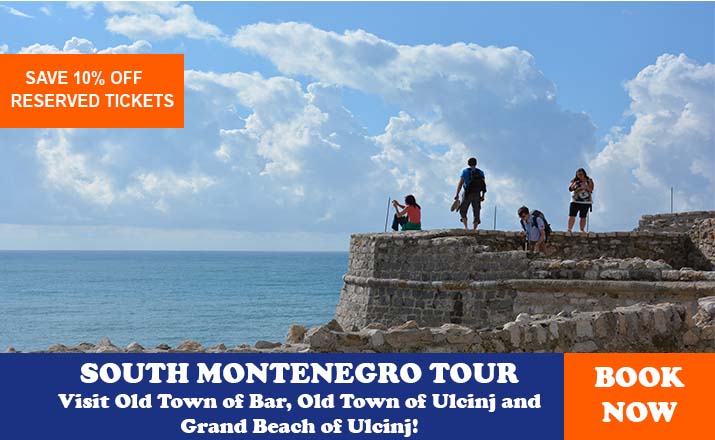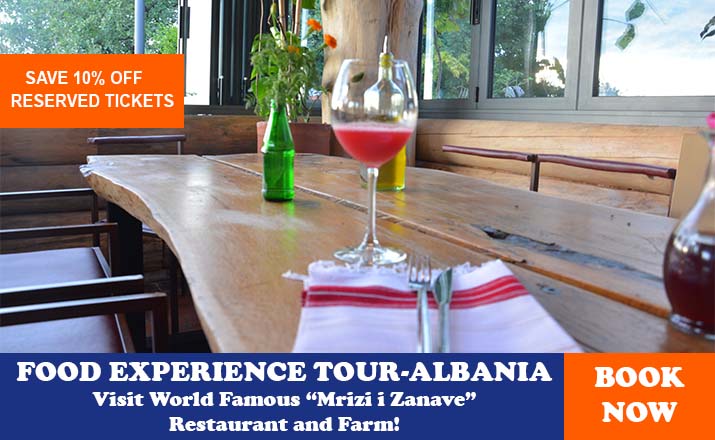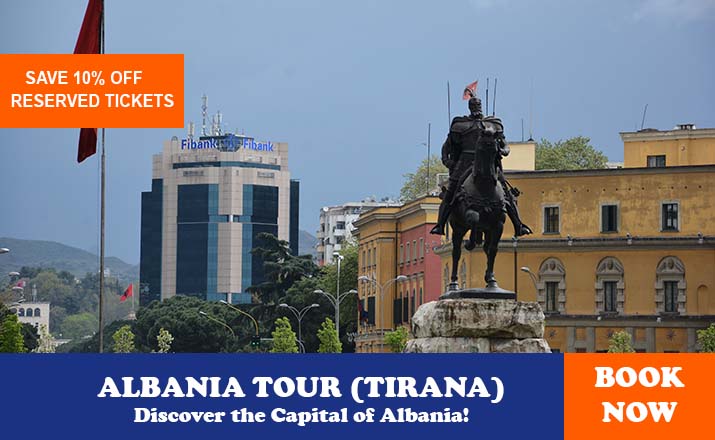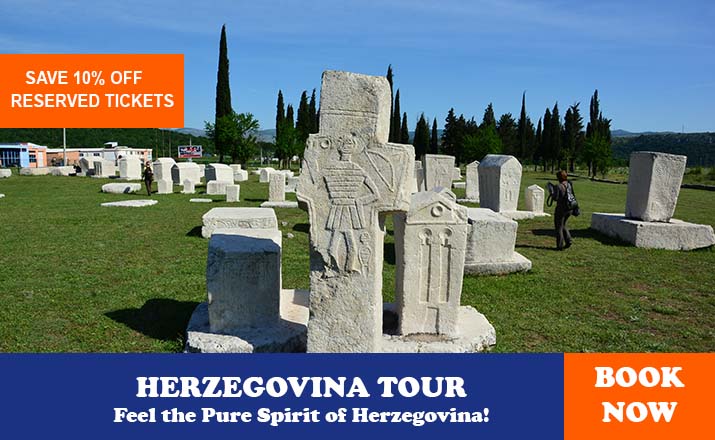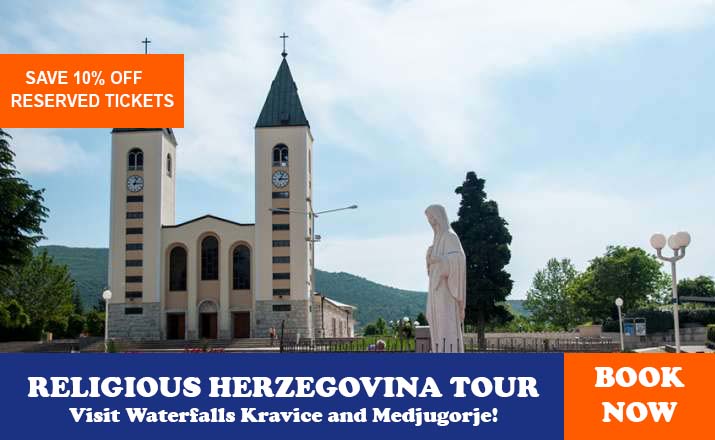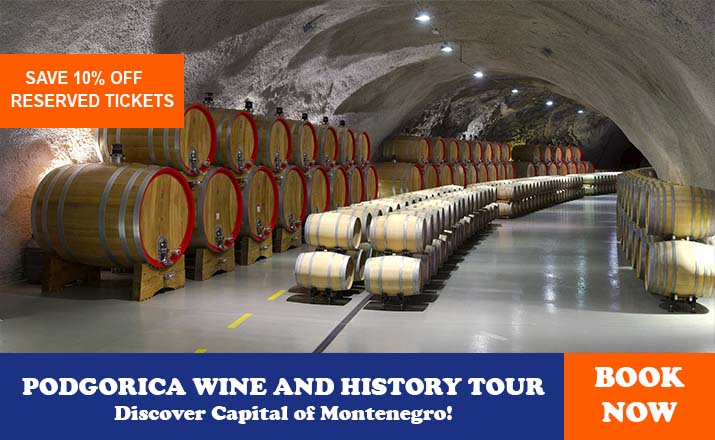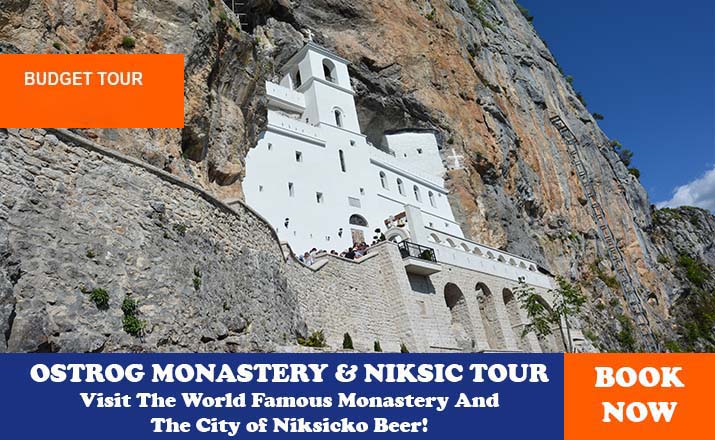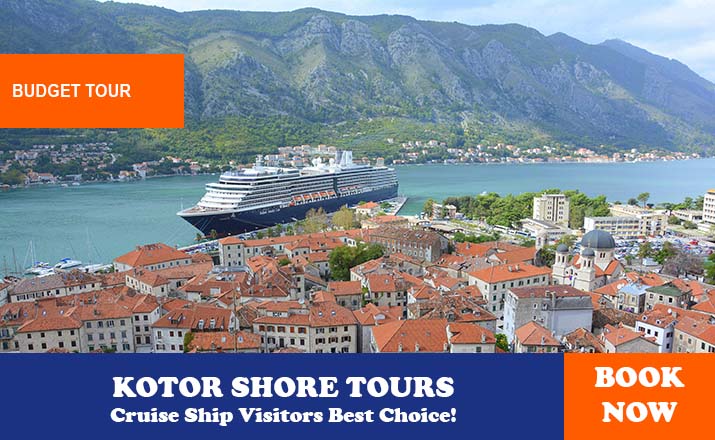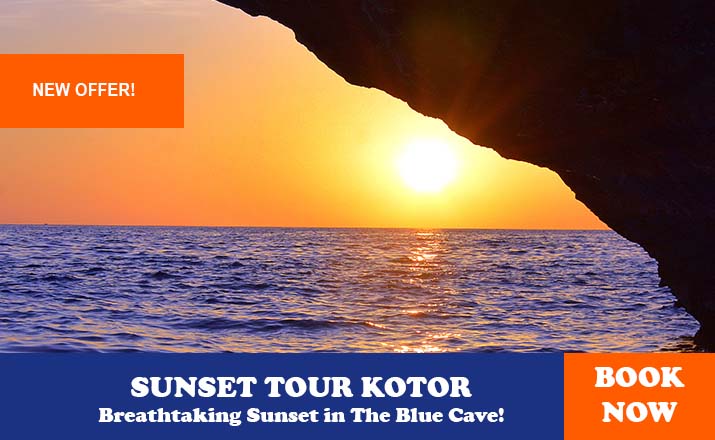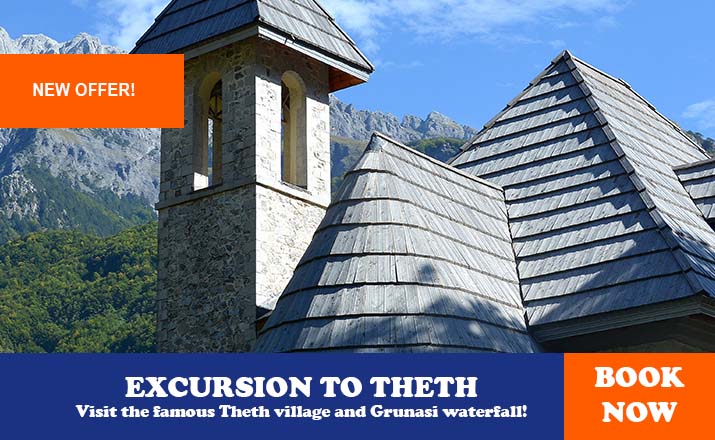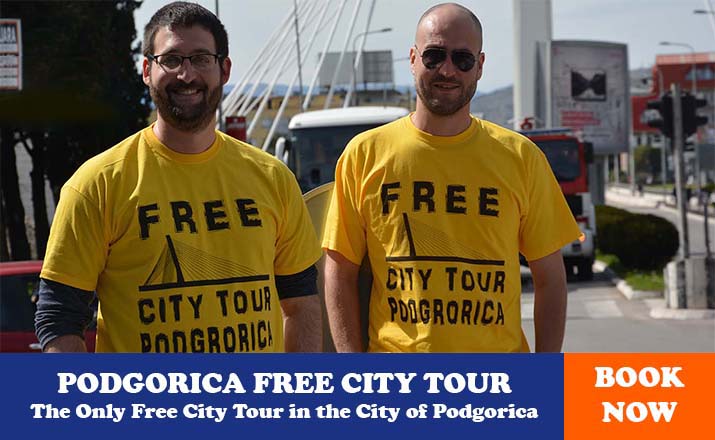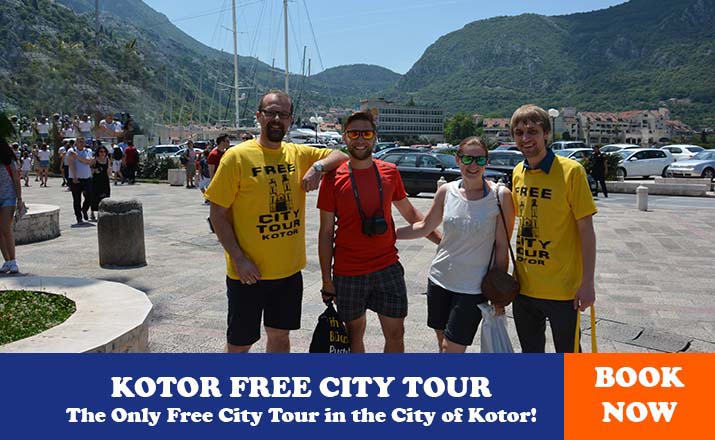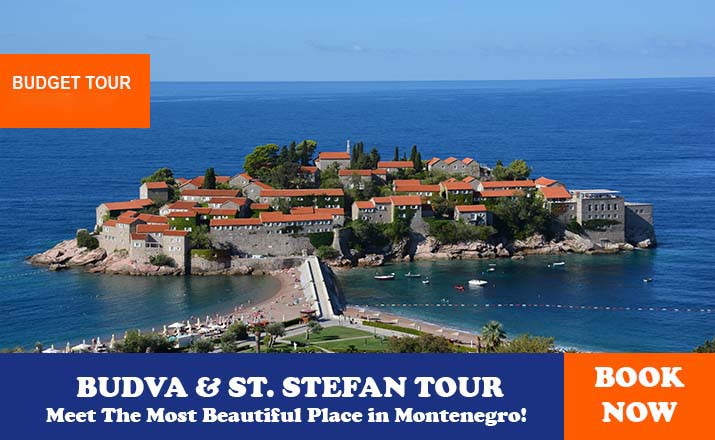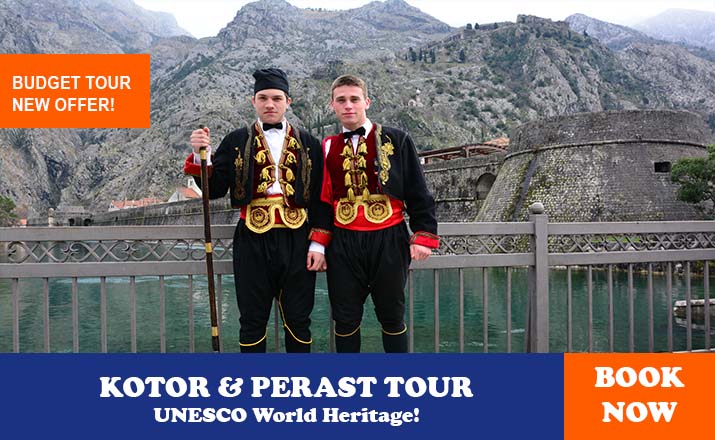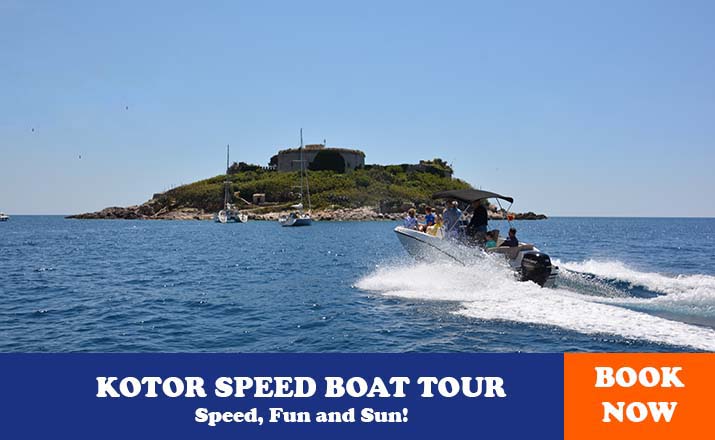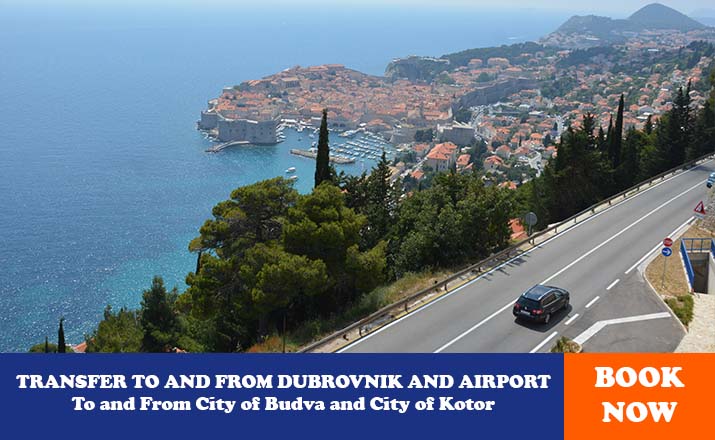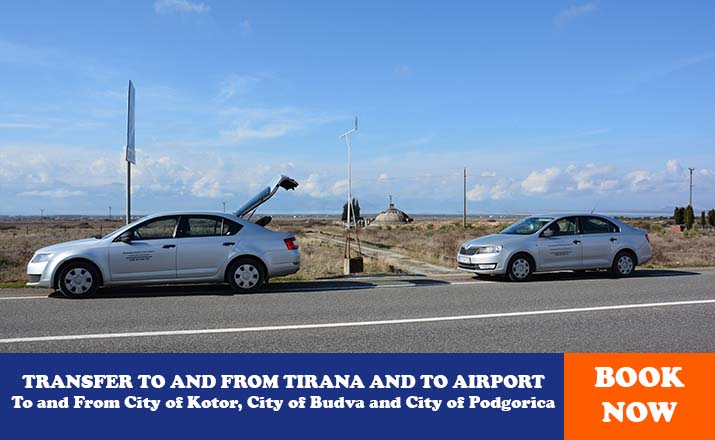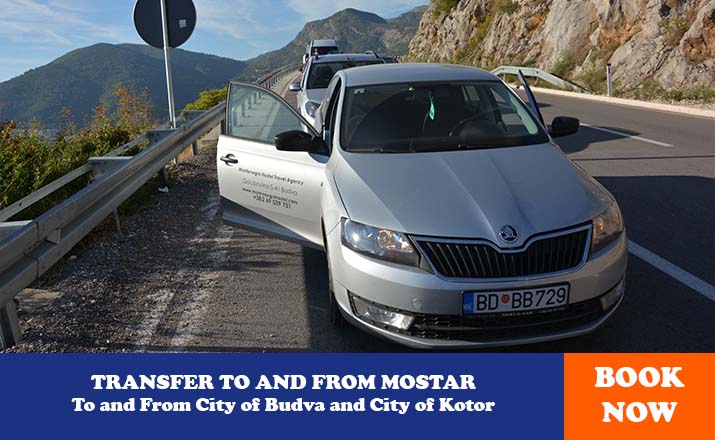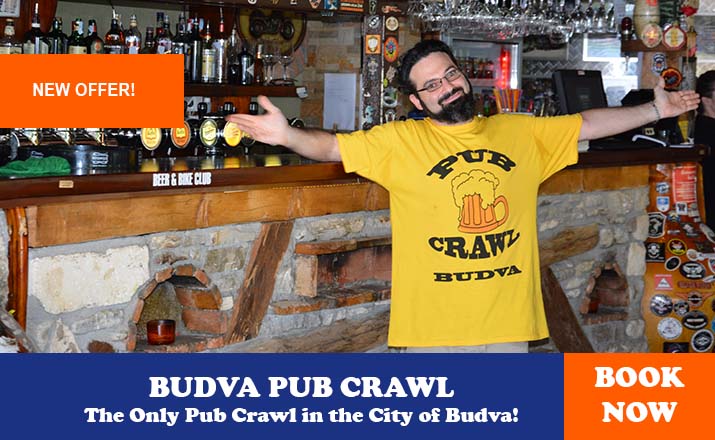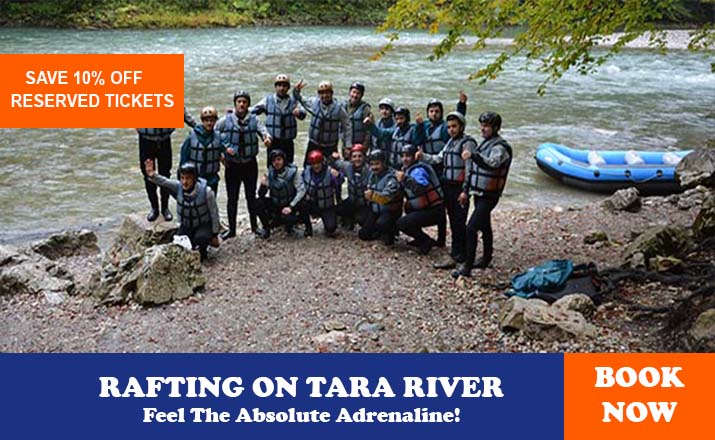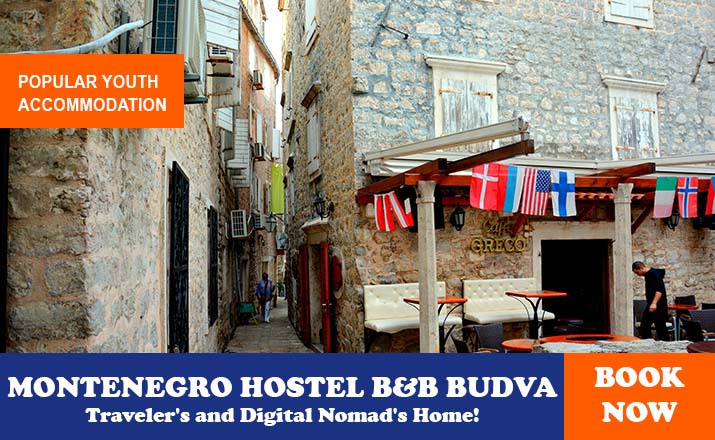DOCLEA
DUKLJA-DOCLEA
The earliest inhabitants of Montenegro were the Illyrian and Indo-European people. They were living predominantly in the area of the Dinaric Alps. The Illyrians were crude and warlike highlanders, shepherds known for their excellent cheese, and who buried their dead in large mounds on hilltops. Nevertheless, the one who lived by the sea gradually became a skillful Corsair. They were organized in large tribes under their “kings”, who periodically managed to form wider coalitions and attack their neighbors. The most powerful amongst the tribes were the Aradeans, notorious for their pirating and settled in the coastal area between the River Neretva in Bosnia and Herzegovina and the Gulf of Kotor. The Enheleans also lived by the sea, inhabiting the area from Rhizon (today Risan), one of the most important Illyrian towns, to Buthua (Budva).

The Labeates inhabited the area around Lake Skadarsko, which is mentioned in Latin texts as the “Labeatian Lake” with the important towns here being Scodra (Shkoder) and Meteon (Medun). The Docleates were centered around the town of Doclea, close to present-day Podgorica. The north of Montenegro was inhabited by the Autariataes, whose memory remains preserved in the name of the River Tara, and by the Pirustes, who were known as skillful miners and therefore probably lived around Pljevlja, the area rich in ore.

Fully justifying their reputation, the first historical event in Illyrian history was a war. In 231 BC, King Argon and his Queen Teuta, at the head of a coalition centered around the Aradeans, led a fleet of lightships in the sacking of the Adriatic and Ionian islands. The Greeks called for the help of the Romans, who quickly defeated the Illyrians, extending their influence to the eastern Adriatic coast for the first time.
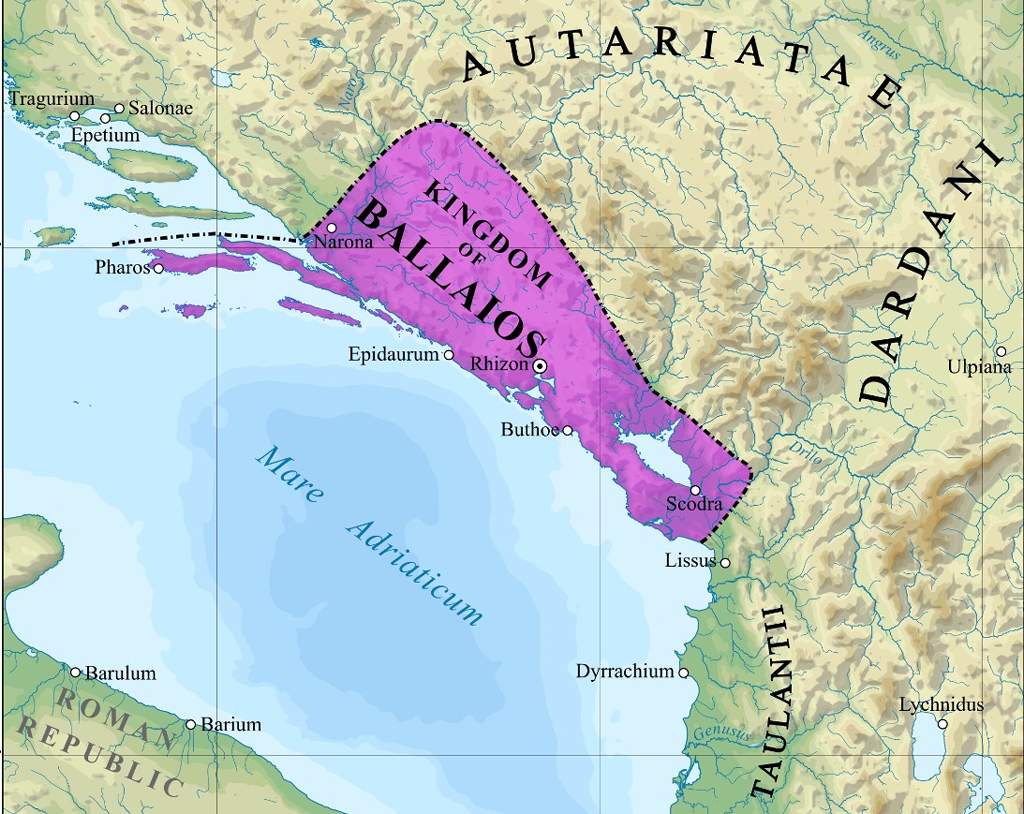
Rome’s crisis in war with Hannibal created the opportunity for Illyrian King Gentius of Labeates to join forces with the Macedonians and act against the Romans, but he was defeated in 168 BC and taken to Rome to be displayed in triumph. Thus perished organized Illyrian resistance, though the Roman influence remained effective only along the coast, while the interior wasn’t subdued until Christ’s birth. After fully subjugating the Balkan Peninsula, the Roman Empire started to build on its influence using roads, trade, and colonization of Roman citizens.
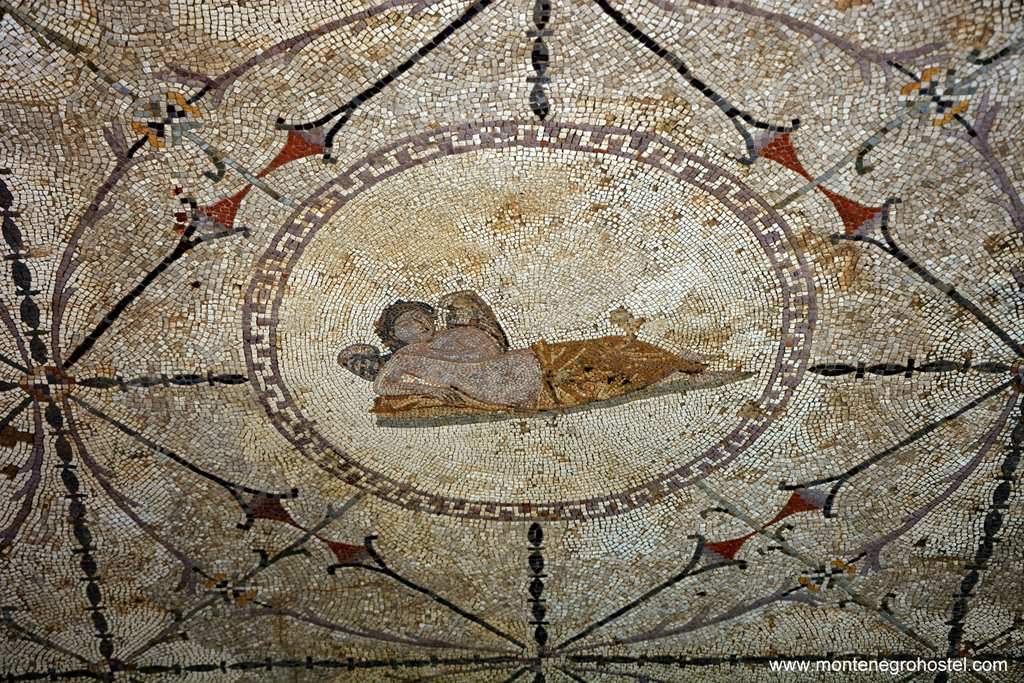
During the following centuries, most of the native population gradually became Roman, embracing the Latin language and Roman goods together with the benefits of civilized living in a great empire. The territory of Montenegro, as part of the province of Dalmatia, lived its life almost undisturbed until the turbulent 4th century AD. At the beginning of this country, in 305 AD, the southernmost part of Dalmatia was separated into a new province, Prevalitana, which included most of present-day Montenegro, and which, later, in contrast to Dalmatia, became part of the East Roman Empire.
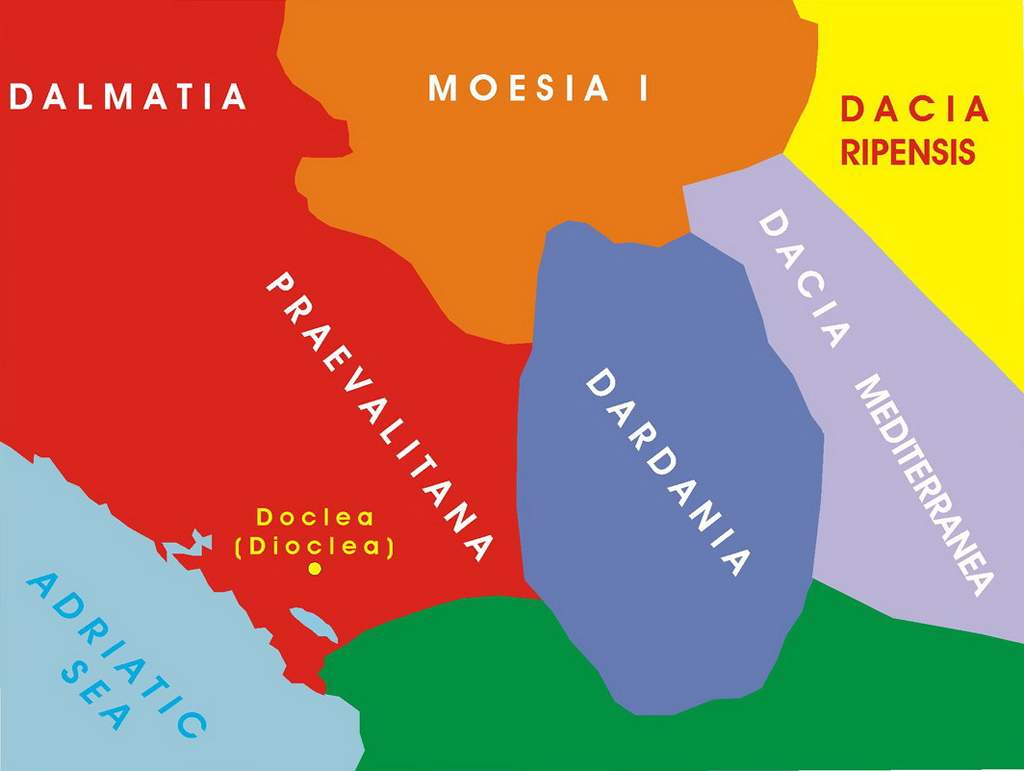
By this time, Christianity had spread across the province and firmly established itself in the littoral. The final blow to the Roman way of life was inflicted by barbarian invasions. Though only briefly passing through the territory of present-day Montenegro, Visigoths and Ostrogoths plundered as they went, bringing insecurity and announcing the arrival of the Dark Ages. By far the greatest change in the history of the region came with the Slavic invasion at the beginning of the 6th century. These numerous newcomers from the north, together with the Asiatic Avars, broke the borders of the Empire and spilled across the Balkans. Contrary to the other barbarians who looted and then continued further, the Slavs intended to settle the territories. By 602 AD, their raids reached the Adriatic Coast, and in the next decade, all but the strongest of the towns were taken and destroyed.
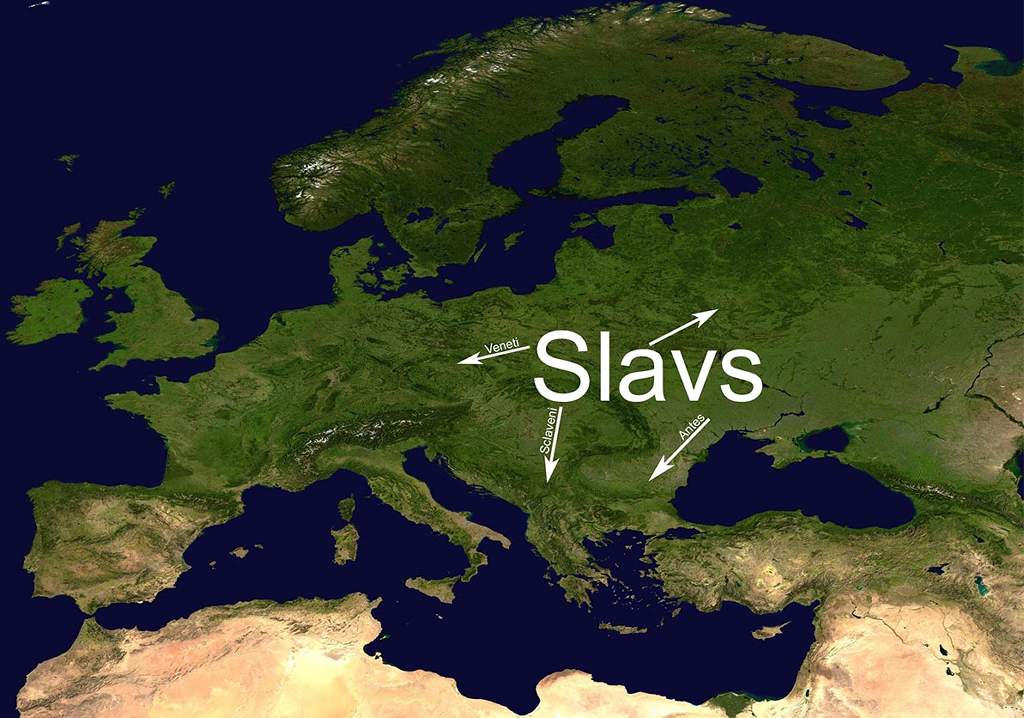
Among the Slavic tribes in the west of the Balkans, the most powerful were the Serbs, who took the upper hand over the other Slavs and formed six states, three of which lay on the territory of present-day Montenegro. The most important of these three was Duklja, named after the ruined town of Doclea. Duklja lay around Lake Skadarsko, incorporating the plain of the River Zeta and stretching along the coast from Kotor to Shkoder in present-day Albania. The northern tip of the coast was a part of Travunija that reached Dubrovnik and had its seat in Trebinje. The whole of the mountainous part of Montenegro became known simply as Serbia (later also called Raška), with the valley of the River Lim as its center.
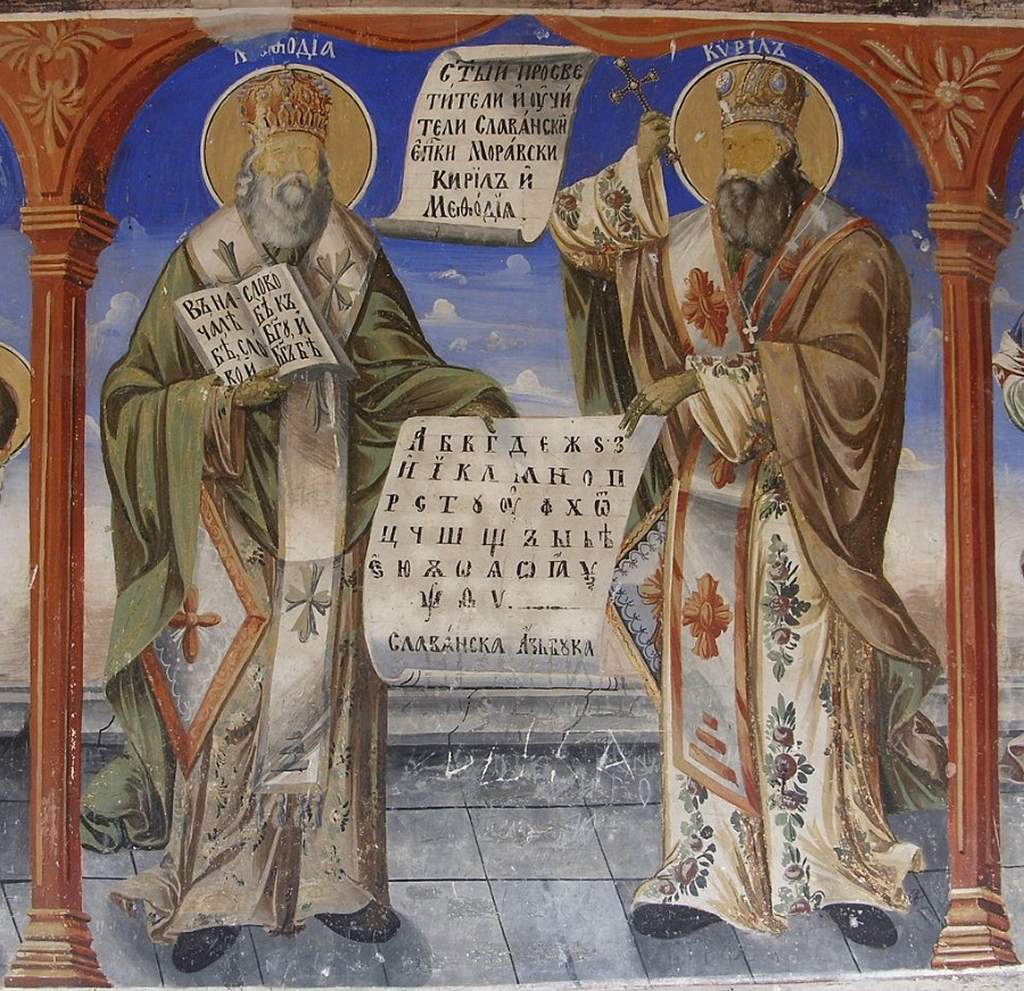
In the second part of the 9th c., these states adopted Christianity based on a Slavic liturgy created by the Greek brothers Cyril and Methodius, often dubbed the “Apostles of the Slavs”. Nevertheless, the proximity of these principalities of Constantinople left them open to both influences, which were absorbed in equal measure despite the increasing differences between them in the following centuries. Hence, it was that Papal influence was prevalent in the maritime states while the interior clung to Eastern Orthodoxy.
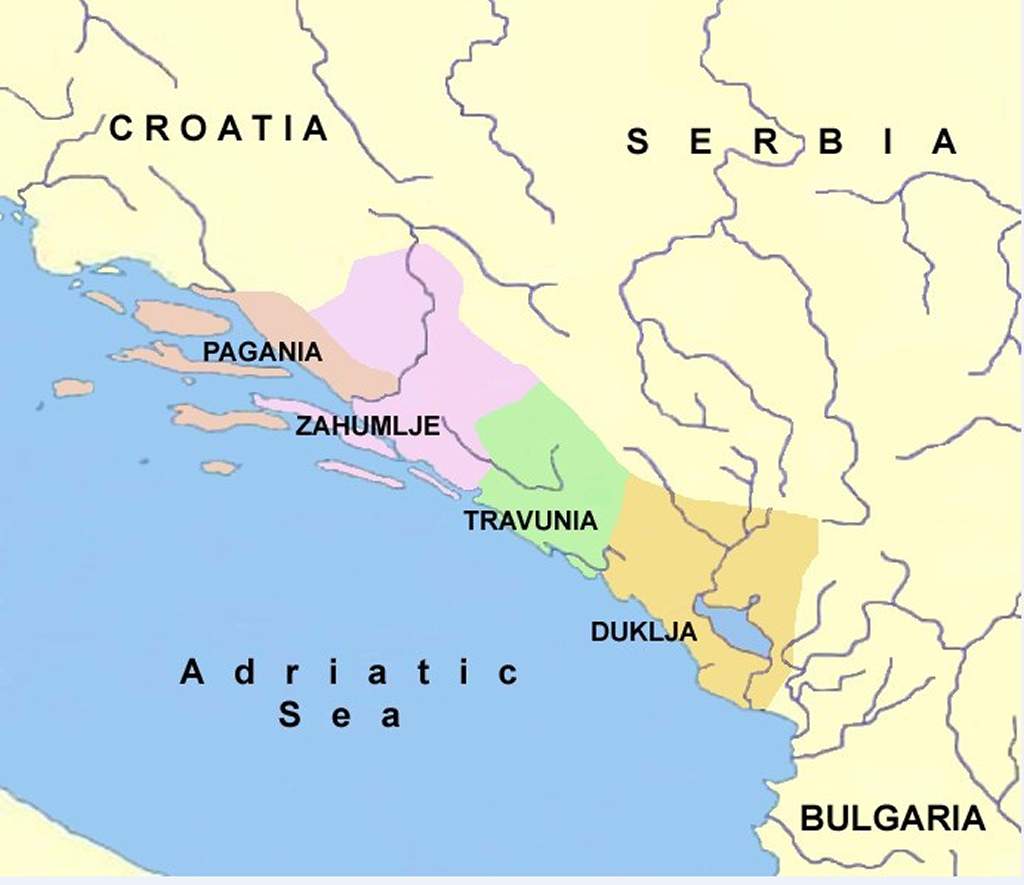
In the 9th and 10th centuries, these states struggled for survival against their mightier neighbors, the Byzantine Empire and the Bulgarians. At the end of this period lived the ruler of Duklja, Prince Jovan Vladimir, who died in 1018 as a martyr at the hands of the Bulgarian Emperor. In the year of his death, he saw the Byzantines regaining control over the Balkans, including Duklja. Vladimir left no heir, but under the Vojisavljević dynasty in the 11th century. Duklja emerged as a leader among the Serbian states. Its founder was Stefan Vojislav (990-1055), who escaped from Byzantine captivity to his homeland, forced out the imperial troops, and managed to defeat two armies sent against him.
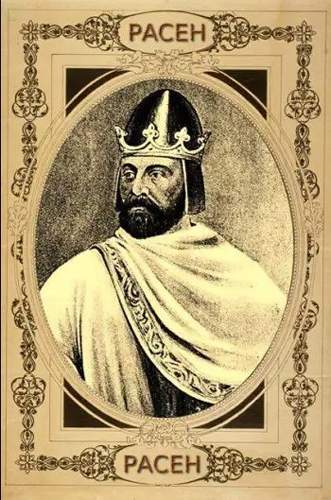
His son Mihailo Vojisavljević (1046-1081) ruled in relative peace and was even crowned king. Although to the outside world, Duklja seemed like one state under a Slavic king, and had two distinctive characters. On one side were the Latins, descendants of the Romans who escaped to the fortified towns where they organized their communities and who were usually artisans, traders, and priests; on the other side were the predominant Slavs, inhabiting the countryside and engaging in agriculture and livestock breeding.
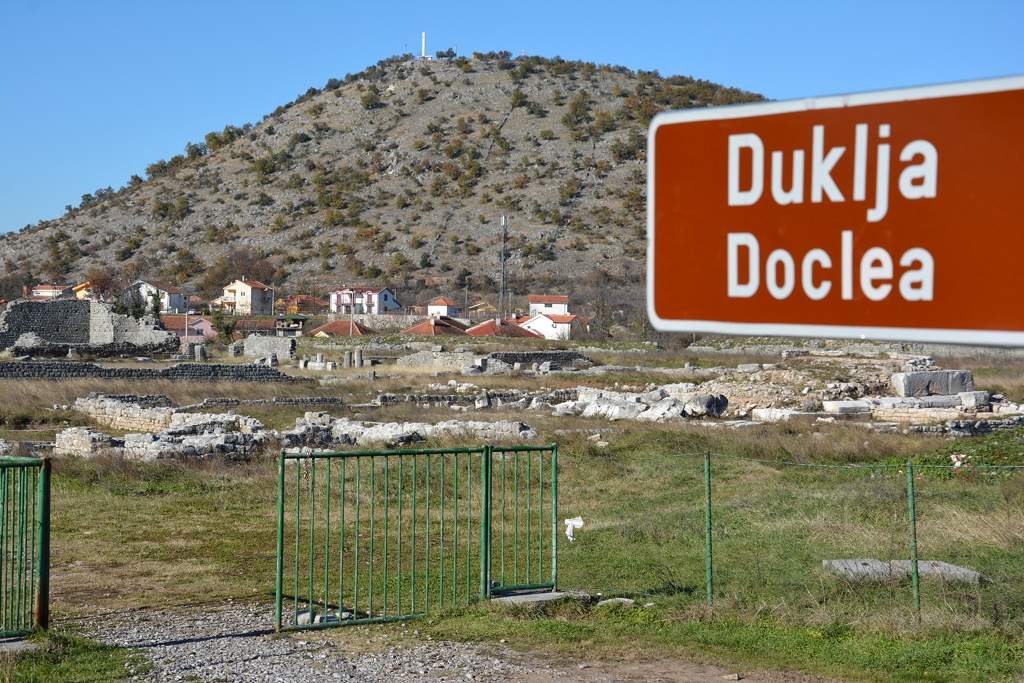
The last important ruler of the Vojislavljević lineage was King Constantine Bodin (1081-1101), the son of King Mihailo Vojisavljević, who for a brief period united all Serbs under his rule but then succumbed to consecutive Byzantine attacks. His successors were weak figures unable to restore the former glory of Duklja. During the 12th c., the name “Duklja” faded and was given to name Zeta after the river of the same name. The supremacy among the Serb states now passed on to Raška, which contested Byzantium in installing rulers to the Duklja's throne. This trend ended with Stefan Nemanja (1168-1199), who in the 1180s united all Serbs states (except Bosnia) under his rule. The territory of Montenegro constituted the core of his state. The Nemanjić dynasty remained for the next two centuries, during which period the character of the land was changed for good.
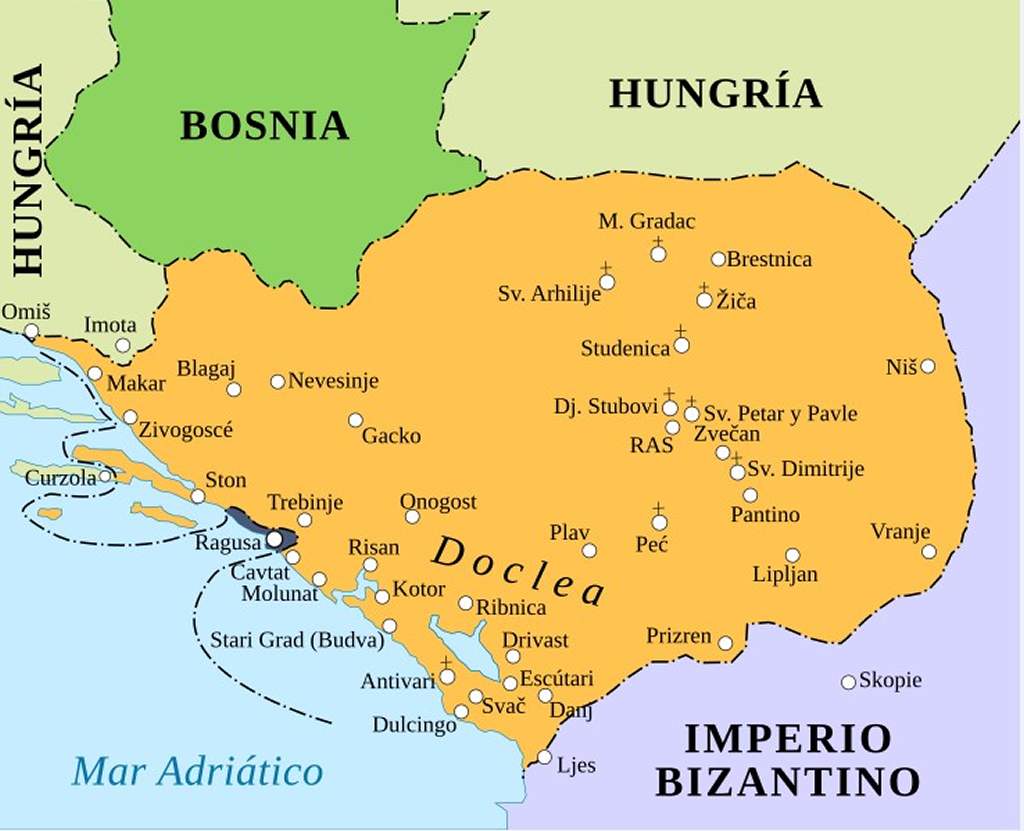
Nemanja gave the rule over Duklja to his eldest son, Vukan, while he left the throne to his other son, Stefan. After his death, the two clashed over the throne but were pacified by their youngest brother, the monk Sava, later known as St Sava. Nemanja’s legacy was strengthened when, in 1217, Stefan got the crown from the Pope, an act that earned him international recognition. Two years later (1219), Sava secured the independence of the Serb Orthodox Church from Byzantium and spread the network of churches, monasteries, and Orthodox bishoprics. Even though the Nemanjić rulers were highly tolerant of Catholicism, their strong support for the Orthodox church meant that in the next two countries, Catholicism lost ground and was present only inside the city walls of Latin maritime communes, which retained their old autonomies. Of these towns, it was Kotor that profited the most, expanding its estates while its merchants roamed across the country, controlling much of its trade.

Peace, stable central power, and a codified legal system meant growth in all fields. New churches and monasteries were founded, and schools were opened, and books were transcribed; the population rose, and new villages grew beside the old ones. The first mine to be opened after almost a thousand years was Brskovo by present-day Mojkovac, managed by Saxon miners and populated with traders from Kotor and Dubrovnik, who profited from its silver. In the 14th century, Zeta enjoyed the status of a large fiefdom ruled by the queen-mother or by the heir to the throne. The territory of Montenegro gradually lost its importance as the borders of Serbia were expanded to the east and the south. The height of this expansion was reached under Stefan Dušan (1308-1355), who assumed the title of Emperor. However, Dušan’s son Stefan Uroš V ( called “ The Weak”, 1336-1371), as it turned out of last Nemanjićs, and lost control over the mighty barons who disregarded his authority and usurped royal privileges. These unruly attitudes came at the worst time, just as the Ottoman Turks pushed deeper into the Balkans
.
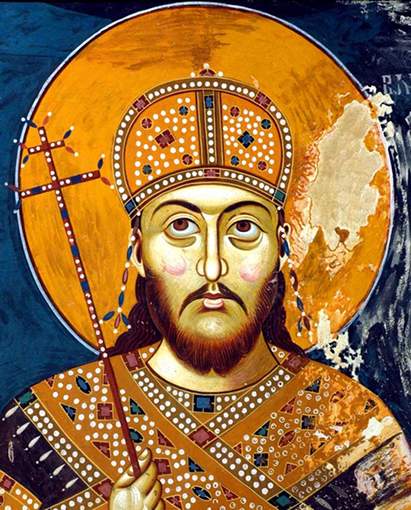
The north and the west of present-day Montenegro were for a period ruled by the house Altomanović, whose power was annexed by Bosnia. In the Littoral, virtually out of the blue, appeared the three Balšić brothers, who started as pretty landowners but within only a decade managed to become rulers of the area stretching from the Adriatic to Prizren in Kosovo and from Trebinje in Herzegovina to Durres in Albania. The next generation of Balšićs wasn’t so successful, losing a good deal of the territories and ending up clinging to the coastal towns only by pledging alliances with the Turks and Venetians. Not least of their problems was dealing with the new rivals, the Crnojevićs, who copied their model of grabbing power. The last in the lineage, Balša III Balšić (1387-1421), was not to play a puppet in Venetian hands and spent most of his rule in warfare against the Republic of St. Mark. On his deathbed, Balša left his lands to his uncle, the Serbian despot Stefan, who from 1410 already ruled over the eastern half of present-day Montenegro.
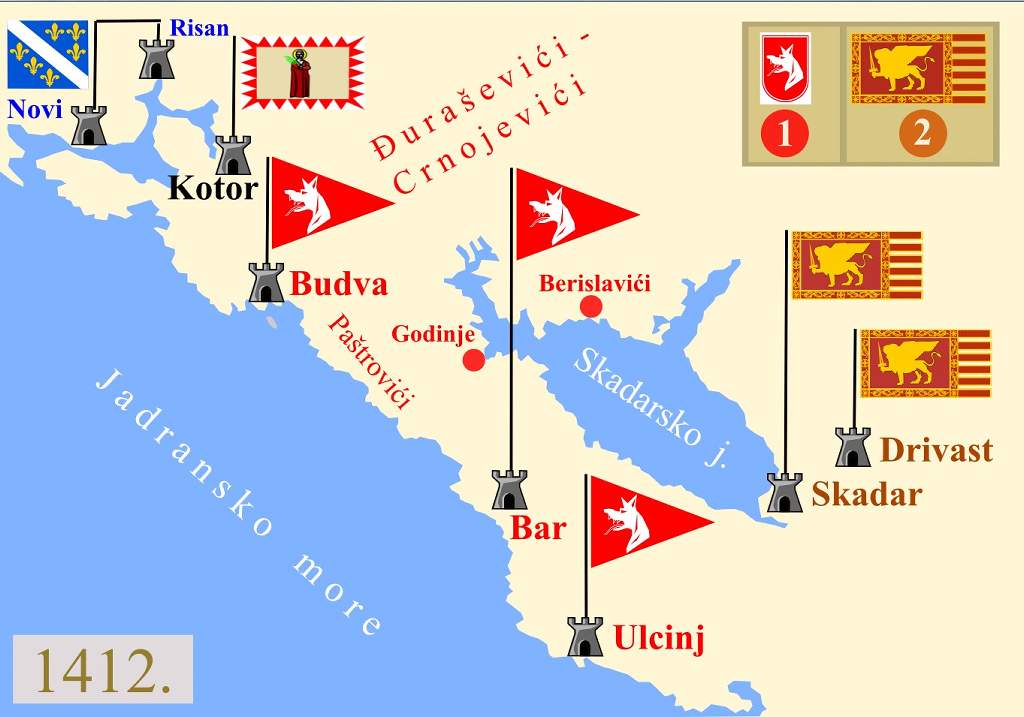
Learning of Balša’s decision, the Venetians quickly seized his maritime towns, an act that led to going along an inconclusive war with Serbia. The most profit from the war was gained by Stefan Crnojević, who became a champion of Venetian rule in the towns while securing for himself a semi-independent area around Lake Skadarsko. In the meantime, the central power of Bosnia also waned, and the northwest of Montenegro, from Risan to Pljevlja, was now held by the house of Kosača. After its most powerful member, Stjepan Hranić, proclaimed himself Herzog of St Sava (herzog=duke), his land became known as Herzegovina, the name by which this region was known until the late 19th century.
Montenegro Hostel Team
OLD MONTENEGRO
THE OLD MONTENEGRO
The Turkish conquests, as a rule, proceeded by constant raids and lootings. Running for their lives or just escaping the rule of Islam caused mass movements in the population. Most of them were running to the coastal strip ruled by Venice and Dubrovnik; others moved to the north and west, while some just hid higher in the mountains. This process, along with the disappearance of central or any other effective and lasting power, opened the way for the formation of Montenegro clans. The highland shepherds who were allowed to carry weapons for their protection became dominant over the agricultural population in the lowlands, which lost the protection provided by the nobles. The Highlanders took power over whole regions, absorbing the lowland population into their ranks. The Turks decided to use this clan organization and their war skills and gave them autonomy in return for their services as auxiliary forces. The clans kept to themselves as much as they could. They had their unwritten laws or used the codes of medieval Serbia since they didn’t like the Turks arbitrating their disputes. A clan decided all matters in the assembly of armed men and had communal pastures and woods used by all their members.

After all of Serbia fell to the Turks in 1459, Stefan Crnojević found himself ruling over the last parchment of the former Serbian state, Upper Zeta, which was by now equally well known by the name of Crna Gora. This name was first found in a document from 1296, but was officially used as a name for the region only from the early 15th century. Stefan appropriated court titles, scribes, and the two-headed eagle of the Nemanjićs. During his rule, Crna Gora lived both as the last of the Serb lands of the Middle Ages by keeping to the traditions of Serbia, and later as well as the first Montenegrin state by the independent existence of the region under this name.
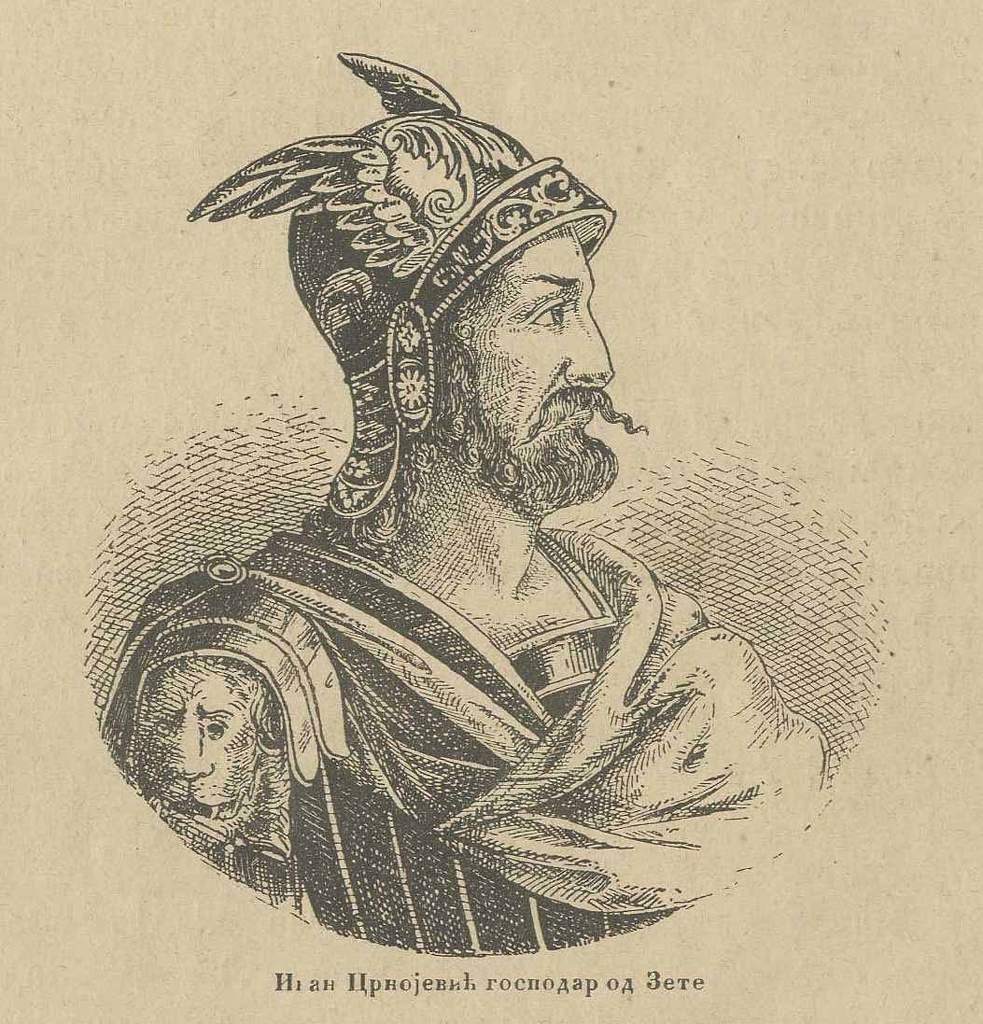
Stefan’s son Ivan Crnojević (1442-1490) had to rely on Venetian help to fight off the Turks, who had by now conquered all of the Balkans except a few regions on the Adriatic. His dependency was more than evident after the Turkish campaign of 1479 forced him to flee across the sea. Ivan returned to Montenegro in 1482, but his domain was shrinking year by year, and he had to move his seat deeper into to mountains from Žabljak (nowadays Žabljak Crnojevića) to Rijeka (nowadays Rijeka Crnojevića), and then in 1484 to the field of Cetinje. He transformed it into the seat of an orthodox bishopric and built his court. This small, besieged Montenegro had its last hour of glory in 1494 when Đurađ (Djuradj), the last of the Crnojevićs, brought a printing press that produced several fine volumes, the first printed book of all South Slavs. Two years later, Đurađ fled to Venice in fear of the Turks, and in 1496, Montenegro became part of the Ottoman Empire.

At the beginning of the Ottomans' occupancy, the Turks did the same in Montenegro as in other lands they conquered, introducing taxation, feudal estates, and mandatory labor. The population that ran to the barren hills to escape these measures met with revolts and defiance. Soon, the Turks discovered that this craggy and infertile region with a population more willing to take up arms than pay taxes would be more useful if it safeguarded the Empire's border towards Venetian possessions in the Adriatic. In 1523, the feudal estates were abolished, and taxes were cut down on the condition that the Montenegrins should wage war against the Sultan’s enemies in their territory. The taxes were gathered by local chieftains, and disputes were settled in country courts without the intrusion of the Turks. There even existed the “general Montenegrin assembly” that regulated the problem between the clans. Such advantageous privileges lured the men from the surrounding areas, and Montenegro quickly doubled its population. We find the semi-autonomous land known as The Old Montenegro, now more or less in its classic shape, in Virpazar on Skadarsko Lake to Ostrog Monastery in the north, and from Kotor to the River Zeta.
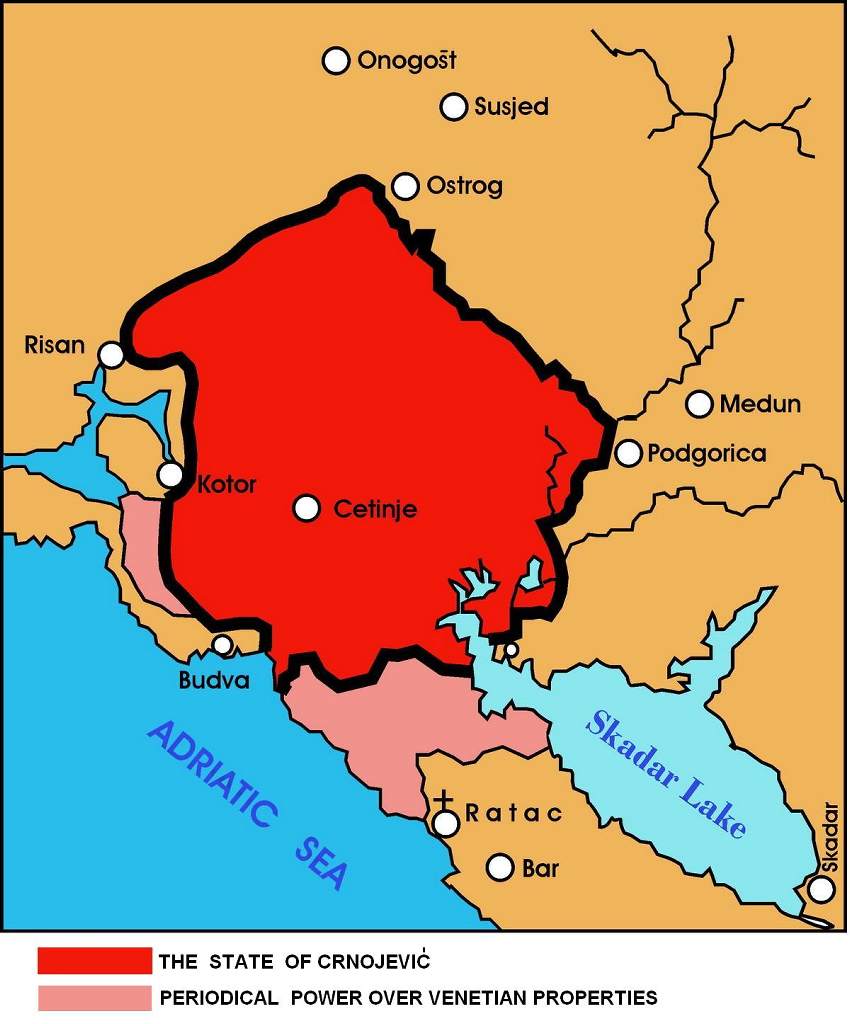
The loyalty of the Montenegrins was won to such an extent that when, in 1537, Papal and Spanish forces conquered Herceg Novi, there was no reaction at all inland, and the Turks won it back the next year. After 1557, the Turks allowed the renewal of the Serb Patriarchy, and a renaissance of the Orthodox Church followed. Having consolidated, the Church turned to rebuild its churches and monasteries, while also founding new ones, such as Piva or Sveta Trojica (Holy Trinity) in Pljevlja. By the mid-16th century, the Ottoman Empire entered a period of crisis. The system of this enormous state became inefficient, causing repeated rises of the levees, which led to resistance and further to the brutality of the tax-collectors, while the land given for services to the Sultan was turned into hereditary possessions, which were unlawfully expanded. As only non-Muslims paid taxes, this also led to more conversations about Islam. In 1593, when war broke out between the Ottoman and Habsburg Empires, Vienna sought to profit from the growing dissatisfaction of the Balkan Christians and called on them to revolt against the Turks.
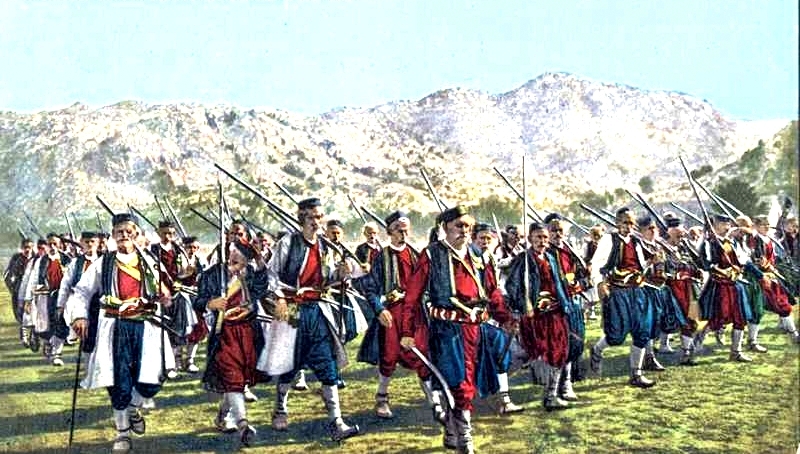
The Serbs rose in 1597 simultaneously in Banat (northeast of Belgrade) and Herzegovina. This large-scale rebellion was soon bloodily suppressed, but the attacks on caravans and Turkish units that were sent to forcibly collect taxes continued in the next years. Those were the first of many such conflicts to follow. In 1608, the Serb patriarch and clan leaders from Herzegovina, Montenegro, and the Highlands (Brda) convened in Morača monastery, calling for unity in the fight against the Turks and even electing the King of Savoy to the empty post of the Serbian king. All hopes of liberation and help from the West vanished in 1606 when the two empires concluded peace. This, however, could not stop the incursions against the Turks (or anyone else who was rich) that became a means of survival for most Montenegrins. The next chance to rebel against the Turks came in 1645 when the Ottomans made war against the Venetian Republic. At the moment this happened, the Montenegrins were already fighting the Turks, asking for their autonomy rights to be more strictly observed and refusing to pay taxes. In a few years, almost all of Herzegovina, Montenegro, and the Highlands rose together in arms.
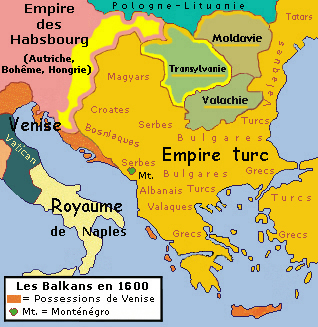
In 1648, the general Montenegrin assembly, led by the Orthodox metropolitan of Cetinje, by that time the only and undisputed leader of the Montenegrins, decided to acknowledge the rule of Venice on condition that their privileges be broadened. The Turks responded by vicious attacks on the clans and founding fortified military garrisons in Nikšić, Kolašin, and Plav, a measure that tried to prevent attacks on loyal populations and Muslims in the lowlands. The war ended in 1669 with no change for the Montenegrins, who remained nominally under Turkish authority but continued resistance against paying any taxes and attacking the neighboring districts, as well as one another in many clan disputes. After the disastrous defeat of the Turks at the gates of Vienna in 1683, the Habsburg-Venetian coalition met with success beyond their wildest dreams, penetrating deep into Ottoman territory. The Christians of the Balkans met them with joy, and so did the Serb Patriarch Arsenije III, who for this reason had to flee from his seat in Peć to his native Cetinje. Here he met with the Venetian representatives but in the end, he decided to join the much mightier Habsburgs.

The Montenegrins and Highlanders were, needless to say, already at war with the Turks, managing to drive back several large expeditions sent against them. However, their disunity and clan obstinacy brought them devastating defeats culminating in 1692 with the deconstruction of the Cetinje Monastery, the religious and political hub of Montenegro. Nevertheless, by now it was clear to all that the Ottomans had lost the upper hand and that their further defeats were just a matter of time. Nowhere was the feeling as prevalent as in Montenegro, which waged a continuous war against the Turks for more than a century. More organized Montenegrin resistance was, however, paralyzed by clan clashes over fertile land and blood feuds. The only authority outside the clan pattern was the Cetinje metropolitan (Vladika), but even this figure was elected by the clan assembly and then ratified only by the Serb patriarch. The first step towards the organization of a permanent state was the reign of Vladika Danilo (1670-1735) from the Petrović family of the Njeguši clan. He coordinated the actions of the clans against the Turks into a more consistent policy, promoted the decisions of the clan assembly as obligatory to all, banned blood feuds, and even organized a short-lived court that would peacefully resolve disputes.
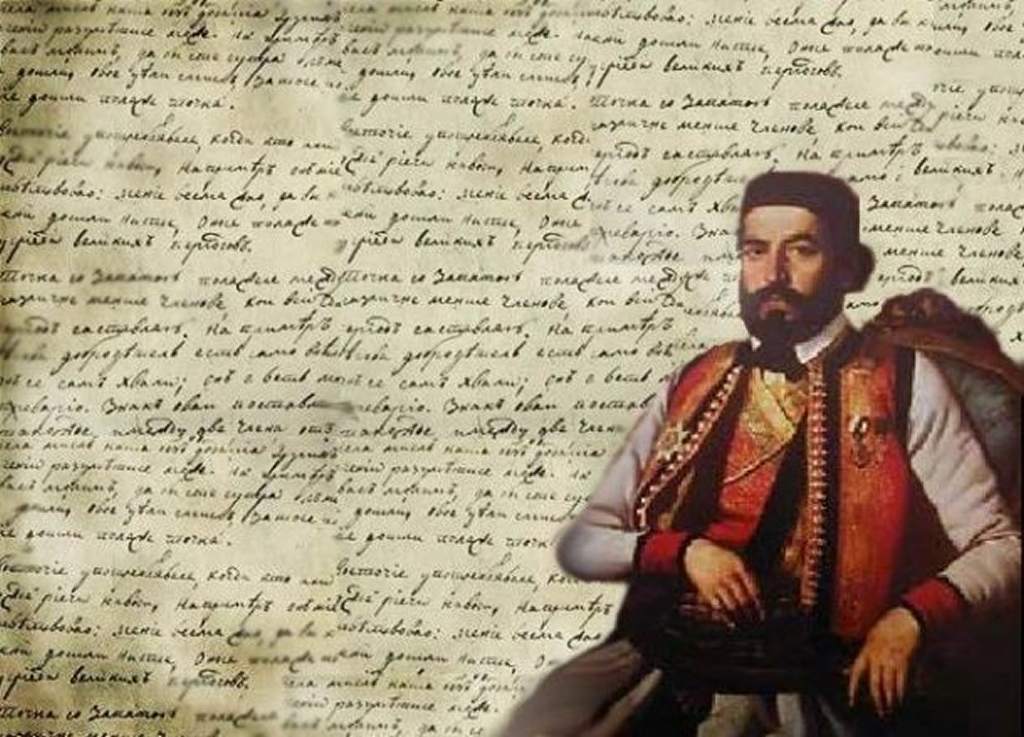
Most importantly, with his huge authority, he managed to make the title of Vladika hereditary in the house of Petrović-Njegoš. His rule is remembered by two bloody events. The first one was the elimination of the Muslims from Montenegro on the Christian Eve of 1707, when all those who did not convert to Christianity were cut down. It is a bitter and unpleasant event that constitutes the historical background of Njegoš’s epic “The Mountain Wreath”. But also, it was a necessary caution by which Montenegro severed its last tie with the Turks and attained religious unity. Danilo was dissatisfied with Venice, which supported the Montenegrin fight only when it was the war with the Ottomans, and suppressed it whenever it made peace. Therefore, he decided to establish connections with Orthodox Russia, which emerged as a great power during the last war and was furthermore too far away to have pretensions on Montenegrin independence. In 1710, the Russian Tsar made war with the Sultan. Russian colonel Miloradović, a Serb from Herzegovina, arrived in Montenegro, bringing with him financial help and moral support from Russia. In return, he asked the Montenegrins to intensify their actions against the Turks and coordinate them with those of the Herzegovinians and Highlanders.

The new liaison with Russia was deemed very dangerous by the Turks, and in 1712, they gathered a large army with the plan to finally uproot all resistance. Venice, angered and the fact that it had lost a client state, had no objections to this plan and sealed off its border so that the Montenegrins could not purchase guns and gunpowder. The fierce resistance and the tactics of “scorched earth” were futile against the far mightier adversary, and the Turkish army reached Cetinje, where it burnt down the monastery and then waited until some of the clans paid their taxes and gave hostages to secure against further rebellions. However, this brutal campaign further impoverished the Montenegrins, which led to new raids of the lowlands in 1714. It was more a punitive expedition than a military one.

The resistance was easily crushed, but then the Turks stayed in Montenegro for a whole month, burning, pillaging, and killing anyone they could lay their hands on. After this campaign, Montenegro was a desolate and blood-drenched land. Danilo saw his mistakes. First, he brought the sad news to Saint Petersburg, where he got a yearly allowance for his land, and then, pressed by the demands of many chieftains, he straightened out relations with Venice. These chieftains went to Venice and made suggestions that Montenegro should become its protectorate.
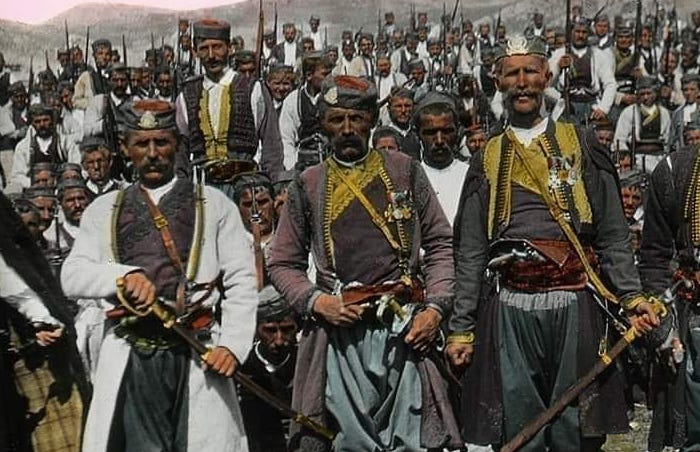
This was accepted, and the Republic started subsidizing Montenegro chieftains and instigated a new position in the country. Gouverneur (governor), a secular head of the land ruled in the name of Venice, whose main task was to block the decisions of the Russian-minded metropolitans. Nevertheless, the last hope of serious Venetian help faded away in 1718 when it concluded peace with Turkey, leaving Montenegro in its hands while seizing from its four maritime clans Grbalj, Brajići, Pobori, and Maine. The position of Gouverneur survived, and their clashes with Vladika's lay a further burden on Montenegro as a whole country. As the Orthodox metropolitans are monks, Danilo could not produce an heir to the throne as Metropolitan but left it over to his cousin Sava. Unfortunately, Sava was meek, a man who turned towards ecclesiastical matters and who was not able to suppress clan hostility, and was indulgent to the demands of Venice and Turkey.
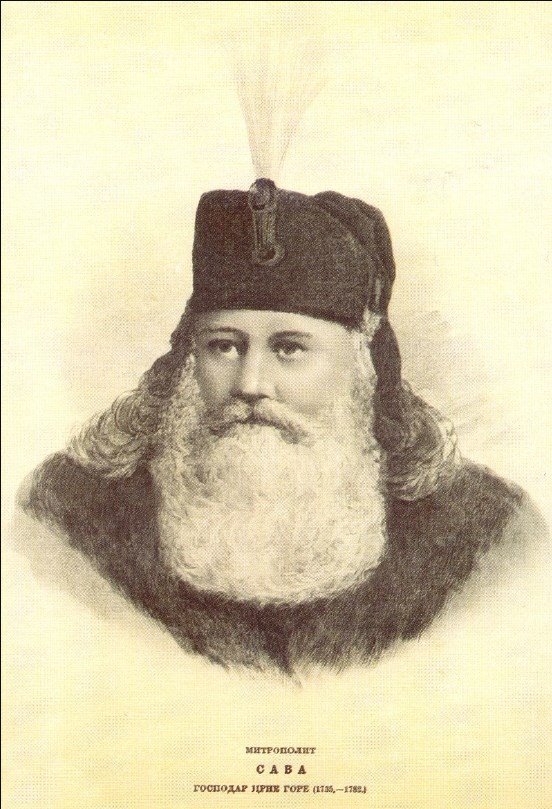
A feeble personality like Sava could not rule over a land like Montenegro, and in 1750, he yielded his powers to his cousin Vasilije, an energetic man with a firm vision of salvation coming from Russia. He traveled there three times, offering to add Montenegro to his list of the Tsar’s lands. They aroused their interest; he even wrote a “History of Montenegro” (1754), the first of its kind, which glorified the Montenegrin fight against the Turks and the merits of the Petrović-Njegoš. The Russian court decided to stick to financial support, but Vasilije’s agitation against the Sultan’s taxes instigated another bloody expedition that reached Cetinje. When, in 1766, Vasilije died during his last trip to Russia, there was no one willing to listen to Sava, who had lost all credibility, and the land once again slipped back to clan anarchy.
Montenegro Hostel Team
PETROVIĆ-NJEGOŠ DYNASTY
PETROVIĆ-NJEGOŠ DYNASTY
In the spring of 1767, a mysterious character appeared in the Podmaine monastery on the border with Montenegro. This healer, who called himself Šćepan Mali (“Šćepan the Little”), claimed that he was the Russian Tsar Peter III, who was said to have survived the poisoning. His arrival in Montenegro aroused great interest, and soon the whole country believed his prophetic speeches and promises of better days of liberation under his guidance. The people of Montenegro were willing to believe, and his stories were supported by some chieftains and monks who were fed up with lawlessness. When Vladika Sava noticed that his position was in danger, it was already too late, and he was put under custody by Šćepan Mali. Later on, he was freed but left only as the religious head of the land. The new ruler had no respect for the bad side of Montenegrin traditions, and with his undisputed authority, banned blood feuds, robbery, and clashes between the clans.

Those who did not obey were punished by beating or by paying fines for sheep. He organized a court that dealt with these offenses, and his guards put its decisions into practice. Šćepan’s emergence produced widespread interest amongst the clans in the littoral. Although he publicly stated that he wanted peace with his neighbors. Venice sealed off its border, and Turkey sent an army against it in 1768. At the first sight of defeat, Šćepan Mali fled and was not to be found for days. This seriously shook his reputation amongst the Montenegrins, but he was saved, most unexpectedly, by a Russian envoy who made it clear that he was a crook and imprisoned him, but soon learned that with Šćepan Mali gone, there was no one to govern the land appropriately. As Russia entered a new war with Turkey, Šćepan was reinstated and left as a useful Russian ally. His curious life ended in 1773 when he was killed by his Greek servant, bribed by the pasha of Shkoder.
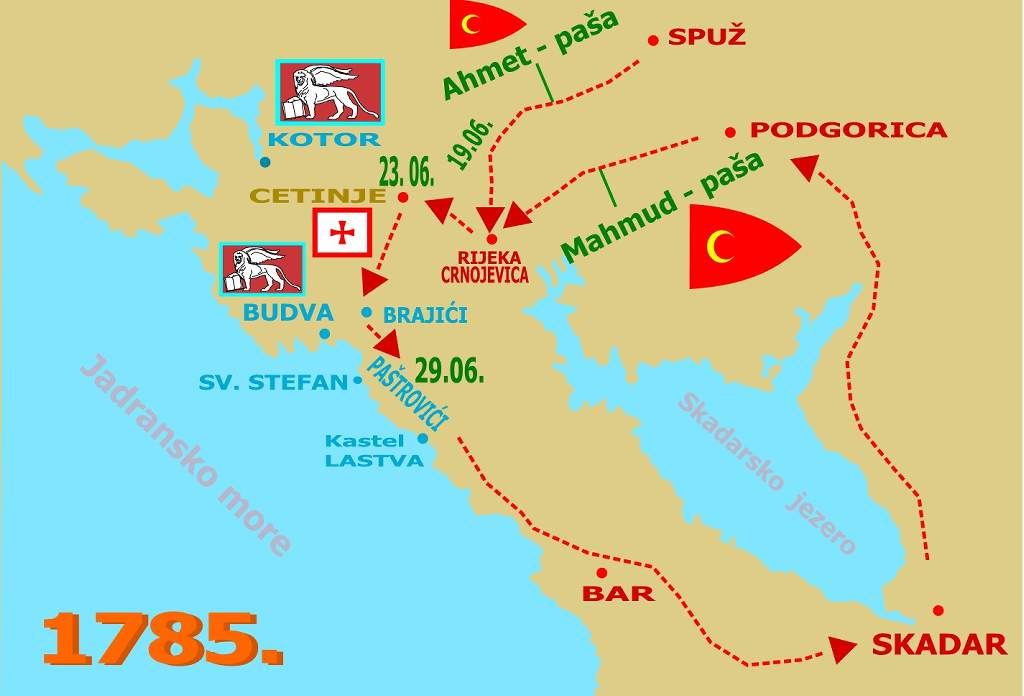
This brief episode in Montenegrin history was very important as it showed that much-needed peace and order could be achieved by the authority. With Šćepan’s death, things returned to where they were before. Metropolitan Sava had no authority, and the leading role was taken by the ambitious Gouverneur Jovan Radonjic, who secured his title as hereditary for his family, thus establishing a second “dynasty” in Montenegro. However, Sava soon died (1781), opening the way to Petar Petrović-Njegoš (later known as Petar I, and after his death as St Petar of Cetinje), a strong character and a good organizer who soon equaled the authority of the Gouverneur. As an orthodox metropolitan, Petar urged an alliance with Russia and tried to forge Montenegrin unity from within, while Radonjić, also predisposed by his title, sought help from Venice to Austria.
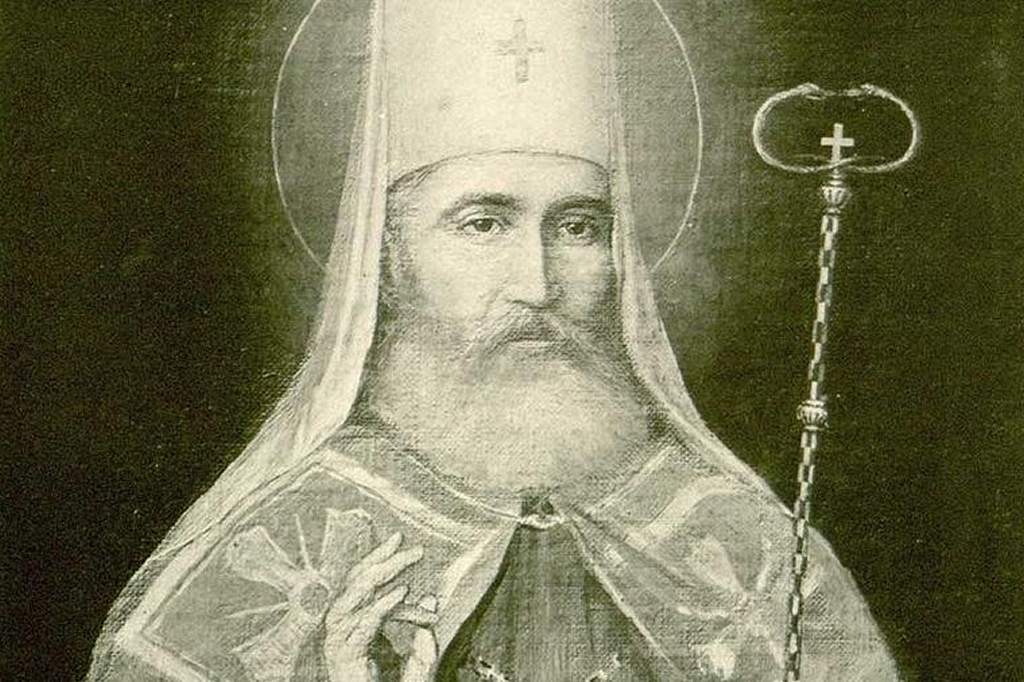
For the moment, Montenegro had a new urgent problem to deal with. The hostile pasha of Shkoder, Kara Mahmud Bushati, a renegade from the Turkish Sultan, demanded taxes for himself. He successfully bribed and blackmailed Montenegrin disunity so that when he attacked in 1785, his troops met merely sporadic resistance on their way to Cetinje, where they burned down the monastery. Back from Russia, Vladika Petar I started organizing Montenegrins, persistently pleading with them not to fight among themselves, cursing the killers in blood feuds, and asking for unity against the Turks. His tireless efforts were crowned in 1796 when he called an assembly of the clans and pledged them to a common decision (called “Stega”- “The Discipline”) on mutual peace and common defense against any attacker. The decision was soon put to the test when, a few months later, Mahmud-pasha attacked again. This time, the Montenegrins faced him united and defeated his army at Martinići.
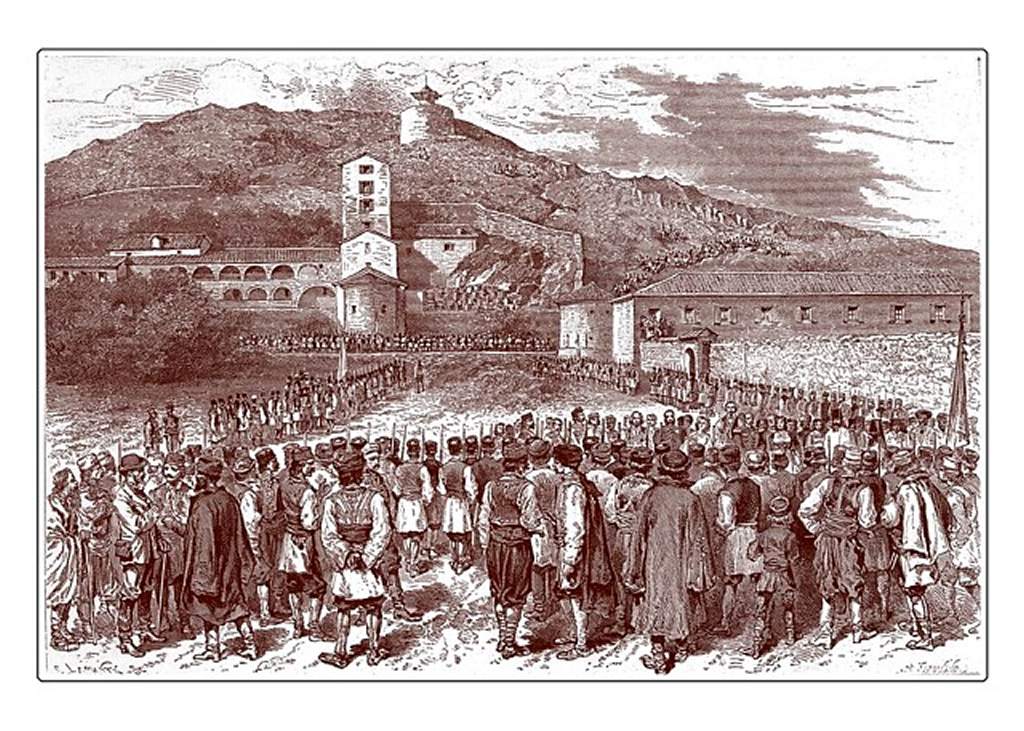
Mahmud Pasha gathered an army several times larger than the Montenegrin and attacked from the town sides. The Highlanders joined their brothers in need and beat off one army, while the Montenegrins stood firm at Kruse near Podgorica in their hour of glory and routed the pasha’s army, who met their death on the battlefield. These decisive victories removed the little influence the Turks had over Montenegro, which was, from this point, de facto an independent country. They also showed Montenegrins what they could achieve if they worked together. Furthermore, the Highland clans of Bjelopavlići and Piperi decided to join the Montenegrins, and now all the Orthodox Christians from the surrounding lands looked to Petar for advice, guidance, and help.
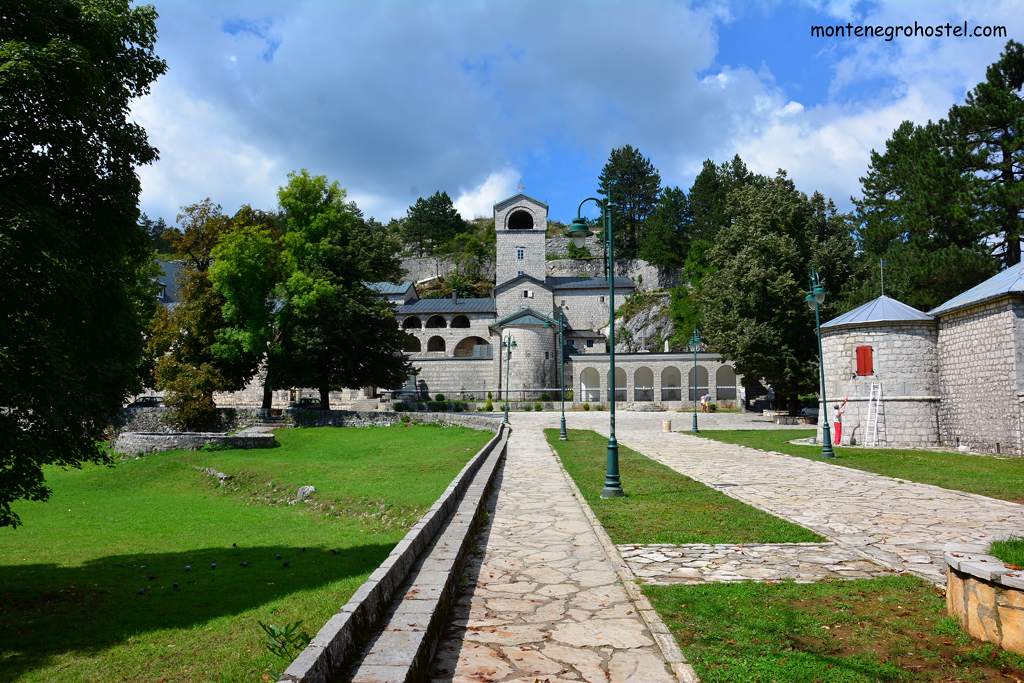
Vladika Petar I used this historic opportunity to capitalize on these victories, and in the 1798 clan assembly, he passed the “Common Law Book of Montenegro and the Highlands”, a set of basic laws leaning strongly on traditions, with the main article prohibiting any kind of murder. Another novelty was the introduction of the State Court of Law, a group of clan leaders headed by Petar himself, whose almost stolen task was to settle problems between the clans peacefully. Although the new laws met with a lot of resistance from some quarters and the article on taxation could never be enforced, these laws set the basic government in Montenegro.
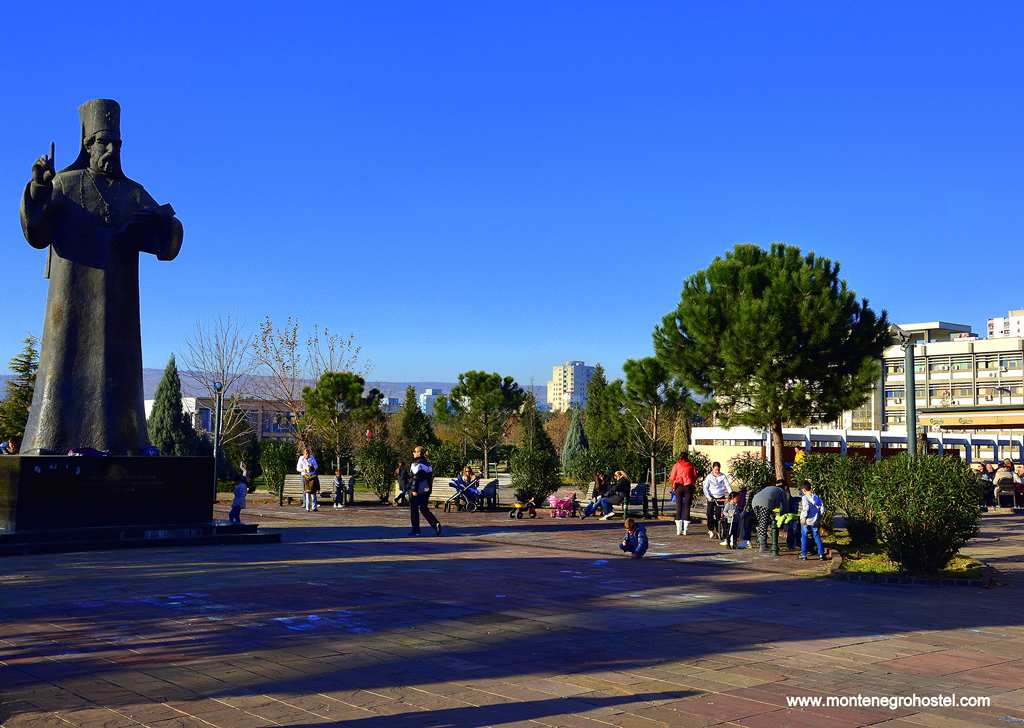
In the meantime, the Venetian Republic was put to an end by Napoleon, and Boka Kotorska came into the hands of Austria. After Napoleon’s victories over Austria in 1805, Boka should have been handed over to the French, but this was challenged by the Russians (still at war with Napoleon). When their fleet sailed into the Adriatic, they called on the Montenegrins to join them. Together, they governed Boka until the peace treaty of 1807, when it was handed over to the French. The new authorities set out to reorganize the province, introducing the freedom of religion and promoting the use of the Serbian language in administration, but also stripped Metropolitan Petar I of his religious authority over Boka. When French rule collapsed in 1813, Petar I returned to Boka victoriously, this time with plans for unification. A commission made up of representatives of Montenegro and Boka voted for this and proclaimed Petar I as a common ruler. The great powers, of course, disregarded this and returned Boka Kotorska to Austria. The instigation of Habsburg's rule in the province did not proceed without fighting, but in the end, Montenegro had to give it up.

When in 1804 Serbia, on the other side of Montenegro's horizon, broke out of quickly spreading insurrection, its leader Đorđe Petrović-Karađorđe (Karadjordje who although by ancestry from the Highlands, wasn’t related to the Petrovićs of Montenegro) established brotherly contact with metropolitan Petar I and agreed on moving together against the Turks. Karadjordje made it to the present-day border between Serbia and Montenegro, where he was joined by many Highlanders, but Petar I was stuck besieging Nikšić. As Karadjordje had to redeploy to the other front, the whole plan failed. The closing years of Petar’s rule were marked by another success. When in 1820 the Highland clans of Moračani and Rovca defeated the Turkish forces sent against them, they decided to embrace the rule of Cetinje. By now, Montenegro had become a point to which the surrounding Orthodox Serbs inclined, led by the will to fight the common enemy, the Turks.

The work of Petar I was continued by his young nephew Peter II, better known just as Njegoš, who came to the seat of the metropolitan in 1830. Though one side of his personality remained focused on poetry and philosophy, Njegoš was able to impose his authority on the Montenegrins, not less because of the continuity of his rule with that of his late uncle, whom he swiftly canonized. His first step was to deal with the dual power in the state. When letters from Gouverneur Vuko Radonjić to the Austrians were intercepted, he was at first charged with treason and stripped of his title, and then, in 1832, due to his plots against the metropolitan, expelled from Montenegro. Continuing in the steps of his uncle, Njegoš established the Senate, which passed judgments on capital crimes and settled quarrels between the clans. The next institution was the guardian, units of armed men led by a captain, which represented local authorities, enforced the decisions of the Senate, and brought offenders to justice.
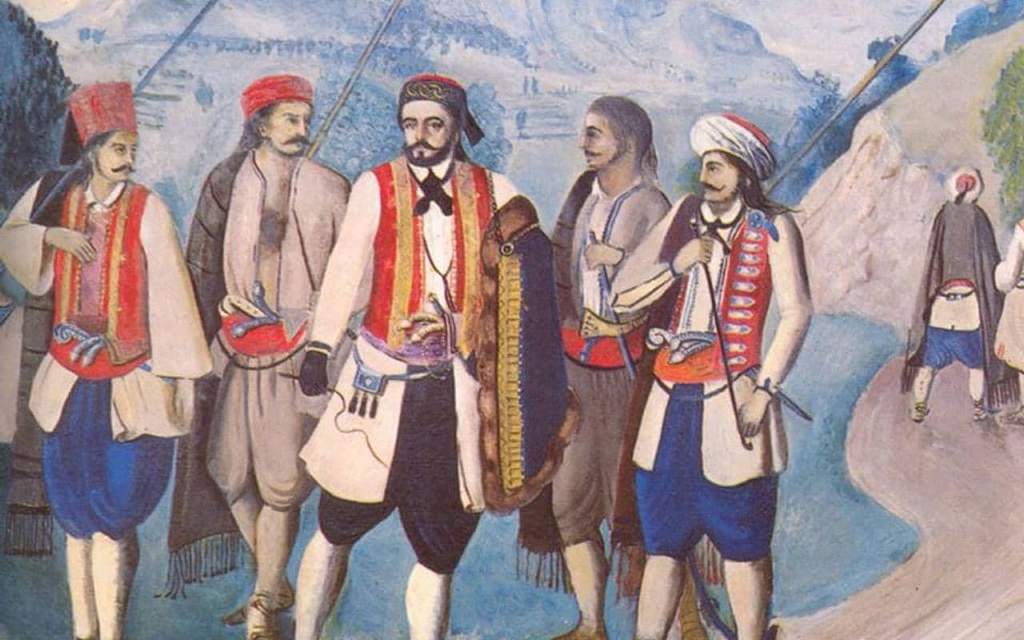
He also organized his bodyguard, called the perjanici, which was made up of strong young men from all the clans. The real novelty was that all of these positions were paid. To secure this, Njegoš introduced the paying of taxes, a very unpopular measure at that time. Even so, there wasn’t enough money for the state to function. In 1833, Njegoš set out on his first journey to Russia. There he obtained money for state administration, an annual subsidy, books for schools, and even a printing press, the first one in Montenegro since the one Đurađ Crnojević in the 15th century. On his second trip, four years later, he managed to persuade the Emperor to raise the subsidy from 1000 to 9000 gold rubles a year, an amount with which Montenegro could finally start functioning as a state. The Russians counted on the Montenegrins' help in case of war. But when Njegoš gave an objection about the Turkish threat, he was advised to stay calm and friendly. This was not an easy matter. Montenegro of Njegoš was involved in constant skirmishes with the Turks.
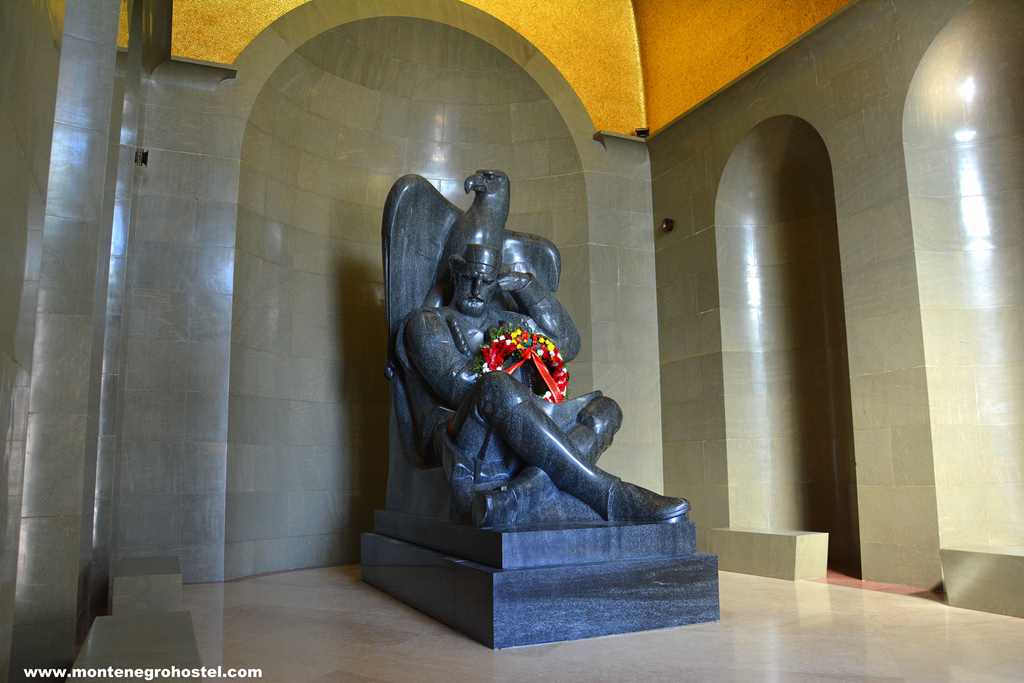
In 1836, Montenegrins were defeated by Herzegovinian Turks at Grahovo, but this resulted in negotiations in which the Turks de facto treated Montenegro as a separate entity. This was also the case with Austria, to which Njegoš, under great pressure, had to sell the parts of Montenegro nearest to the sea. In this way, the two states finally regulated their mutual border. In 1840, the Turks were defeated in the regions inhabited by the Moračani and Uskoci clans, who now felt free enough to join Montenegro. In 1843, the Turks from Skhoder captured Vranjina and Lesendro, two islands on Lake Skadarsko, whose control meant that Montenegro's trade and fishing were to be under constant threat. During Njegoš’s rule, the first schools were opened in Montenegro, and efforts were made to help the poorest, but the land was still frequently hungry, and masses of people migrated to Serbia to find arable land where they could live.
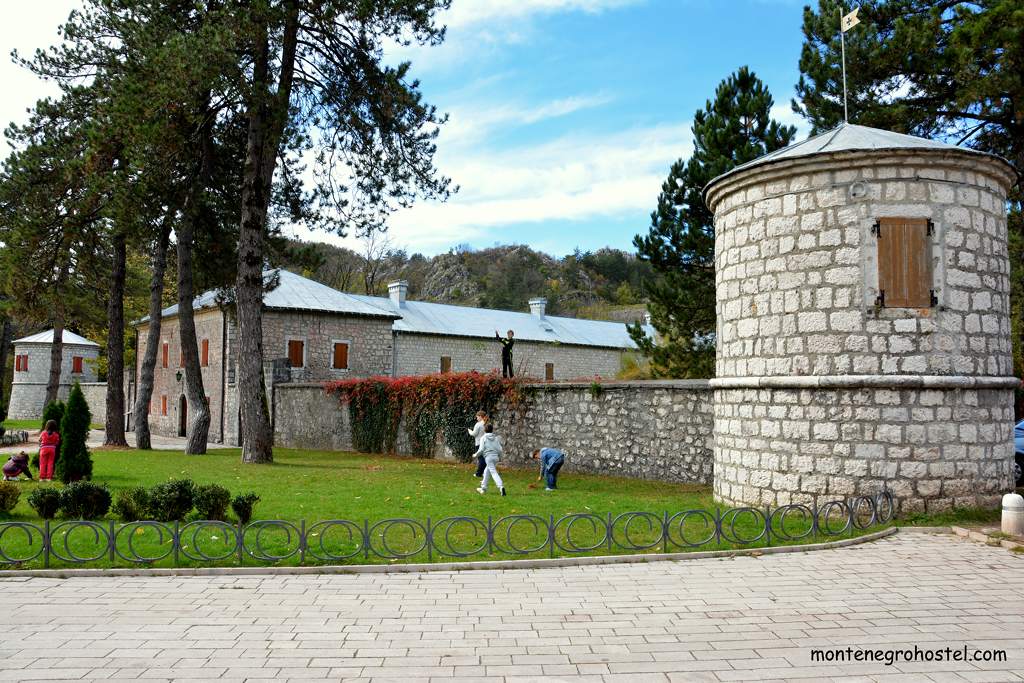
Njegoš died in 1851, aged only 38. According to the wish expressed in his testament, his successor was to be his nephew Danilo, who hurriedly came back to Montenegro from his schooling in Russia. In the meantime, all power was seized by Pero, Njegoš’s brother and the president of the Senate, and Danilo managed to ascend to the throne only after fierce disputes and with Russian help. When he came to be the ruler of the country, Danilo was only 22. Without the heroic stature of his uncle, he had to win his respect only by his deeds, his wit, and his strong will to rule. To strengthen his power, Danilo broke the tradition and instead of becoming a monk and a Metropolitan, he proclaimed himself to be the hereditary prince of "Montenegro and Highlands ", a crucial step in the modernization and perception of Montenegro as a state.
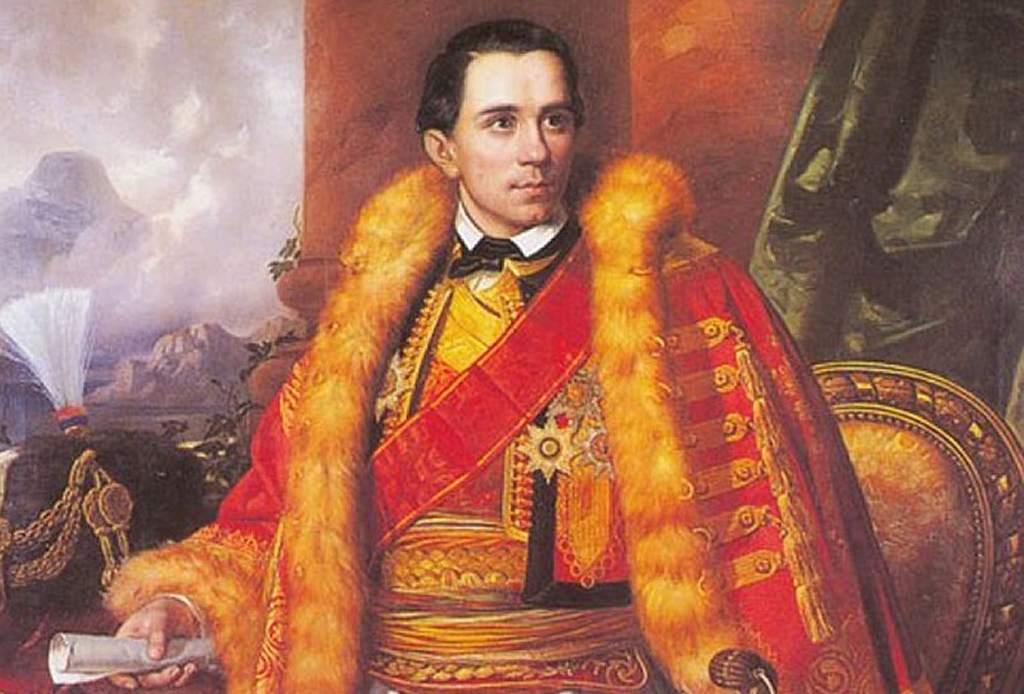
This, of course, provoked the response of the Ottoman Empire. In 1852 Ottoman army, three times larger than the total number of Montenegrins under arms, attacked Montenegro. After fierce fighting in which the Montenegrins melted even the letters of their printing house to make more bullets, the Turks were within reach of Cetinje, and only the intervention of Russia and other European powers prevented the fall of the capital. The war made it obvious to Danilo that Montenegrins should reorganize from groups of armed men into a real army, and he took it upon himself to form the first units led by commanding officers. To strengthen his grip on power, he installed his close relatives and fiercest supporters in all the important positions in the country, increasing the number of senators and captains and raising their incomes.
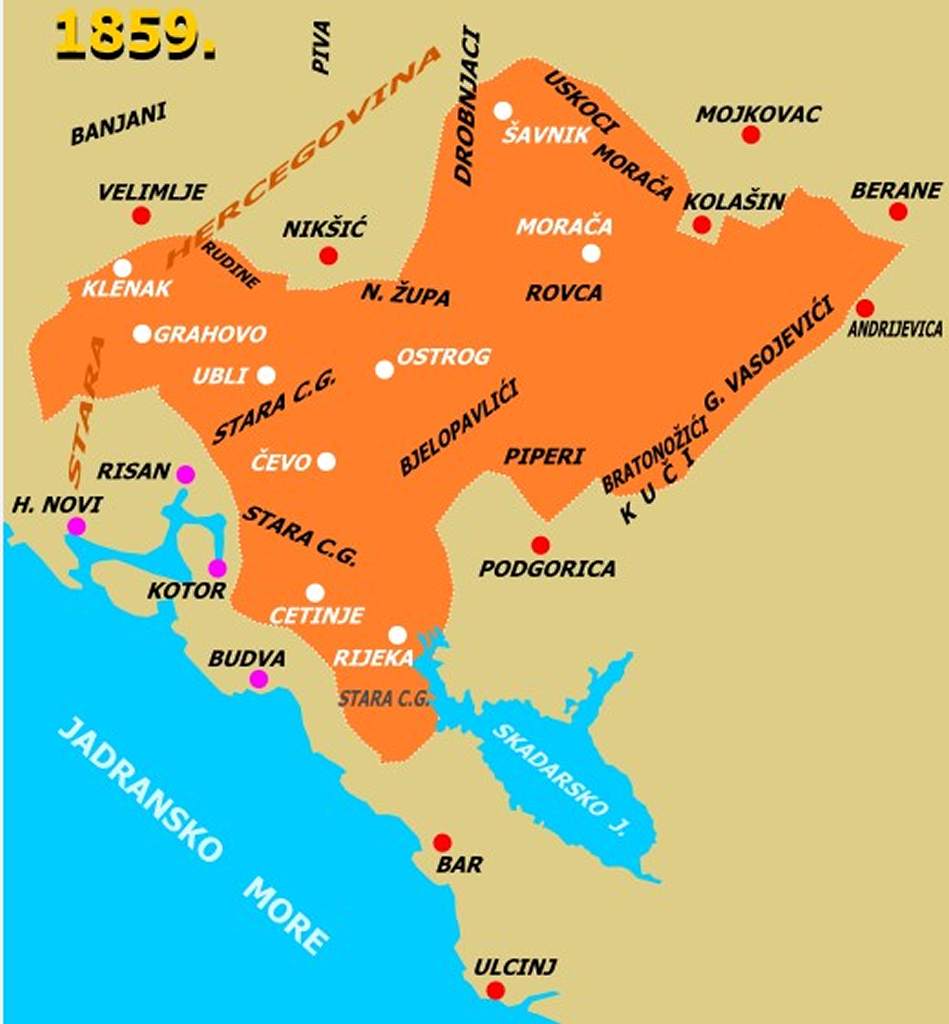
In 1855, he proclaimed a revised law book and ordered its strict abidance. With those who refused to abide, Danilo dealt mercilessly, and his attacks on his clans of Bjelopavlići and Piperi who failed to do so are still remembered for their bloodiness. When his efforts to gain international recognition for his country at the Paris peace conference in 1856 failed, Prince Danilo decided to provoke new clashes with the Turks and force Europe to reconsider the Montenegrin question. He decided to help the insurrection in Herzegovina, which started a few years earlier. In 1858, the Turkish army sent to punish Montenegro was encircled at Grahovo, attacked, and heavily defeated. The news of the victory rang across Europe, boosting the reputation of Montenegro. European diplomacy urged a peaceful conclusion in forcing Turkey to regulate the border with Montenegro (1859-1860), and in fact, of silent acceptance of its independence. The rule of Prince Danilo ended in 1860 when he was assassinated by a man from the Bjelopavlići clan as an act of revenge.
Montenegro Hostel Team
KING NIKOLA
KING NIKOLA
Danilo was succeeded by his nephew Nikola (19), another in the line of very young rulers. The stability created by Danilo’s efforts is best seen from the fact that Nikola’s coming to the throne wasn’t disputed by anyone. Nevertheless, in 1861, Montenegro was still a land with no roads or towns exceeding the population of 10,000, in which all but a few inhabitants were shepherds in high mountains living on the brink of hunger, where all men were armed and prepared for war. The fertile plains were still controlled by the Turks. Nikola’s reign started with the Turkish ultimatum to stop helping the rebels in Herzegovina. When Nikola rejected it, Montenegro was attacked in 1862 by far more numerous enemies, and only Russian intervention saved the land from total defeat. Knowing well that a new war with the Turks was only a matter of time, Nikola joined an alliance with Serbia, from where he was sent guns, cannons, as well as officers to train his troops.
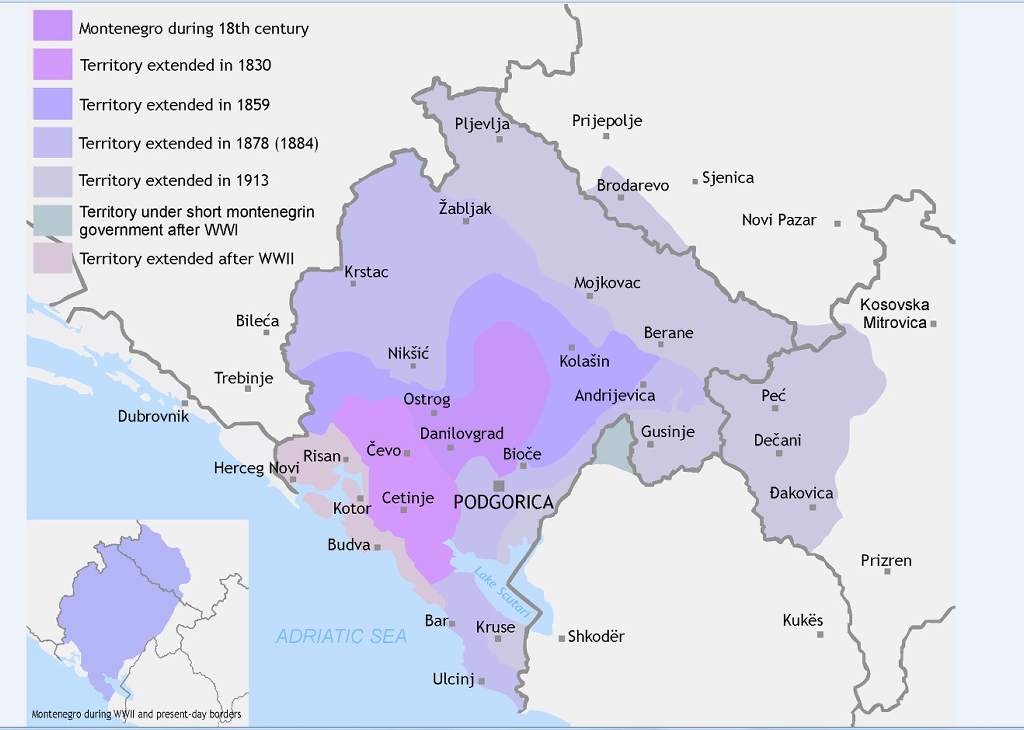
Also, further attempts were made to organize the state. Ministries were founded, the prince’s and state treasuries were divided (1868), the first high school was opened (1869), and the first newspapers were printed (1871). After some years of silent discontent, in 1875 a large uprising broke out in Herzegovina, quickly spreading to Bosnia and further beyond. Prince Nikola could not ignore it and soon managed to impose his protégés as the leaders of the insurrection, coordinating their actions with those of the Montenegrins. In 1876, he declared war on Turkey simultaneously with his ally, Serbia. In this war, the Montenegrins did excellently, defeating Ottoman troops in the Vučji Do battles and winning great acclaim and respect from all Serbs. The Turks brought in reinforcements and were ready for another attack on Cetinje when Russia joined the war. The majority of the Turkish army was sent against the new foe, and so the Montenegrins were left with an easy task, taking Nikšić, Podgorica, Bar, and Ulcinj before the ceasefire.
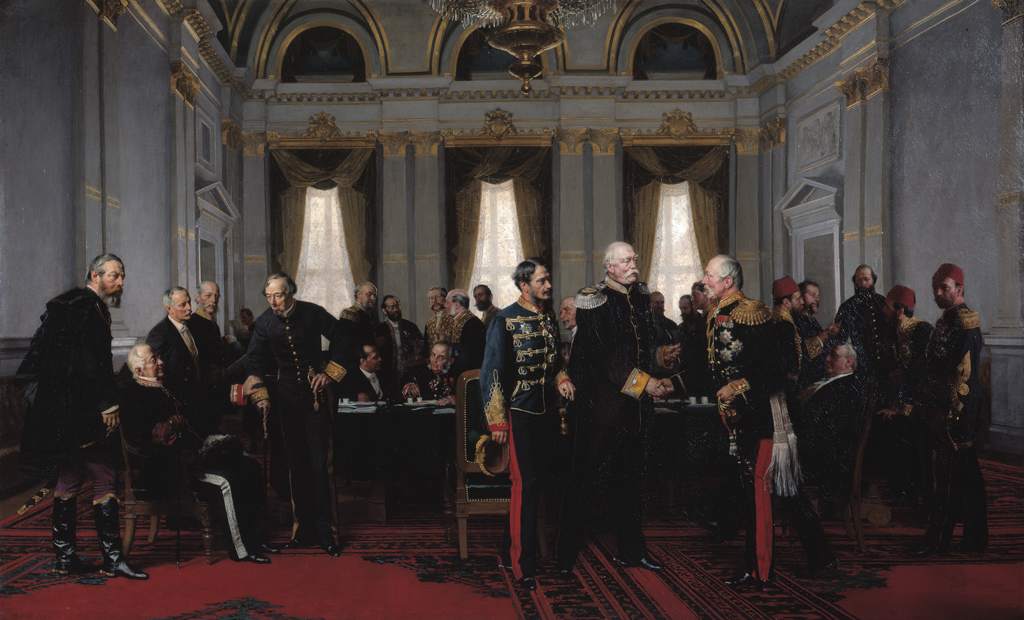
The war was concluded with the Berlin Congress (1878) by whose decrees Montenegro got international recognition as a sovereign state and was enlarged to double its prewar size, including the first real cities as well as a portion of the Adriatic coast. The fertile land in the lowlands, previously owned by Turkish landlords, was divided into smaller lots and awarded to many Montenegrins who had no land at all. However, large tracts of land also fell into the hands of Prince Nikola himself, his cousins, and his closest associates, who now resembled a kind of newly landed aristocracy.
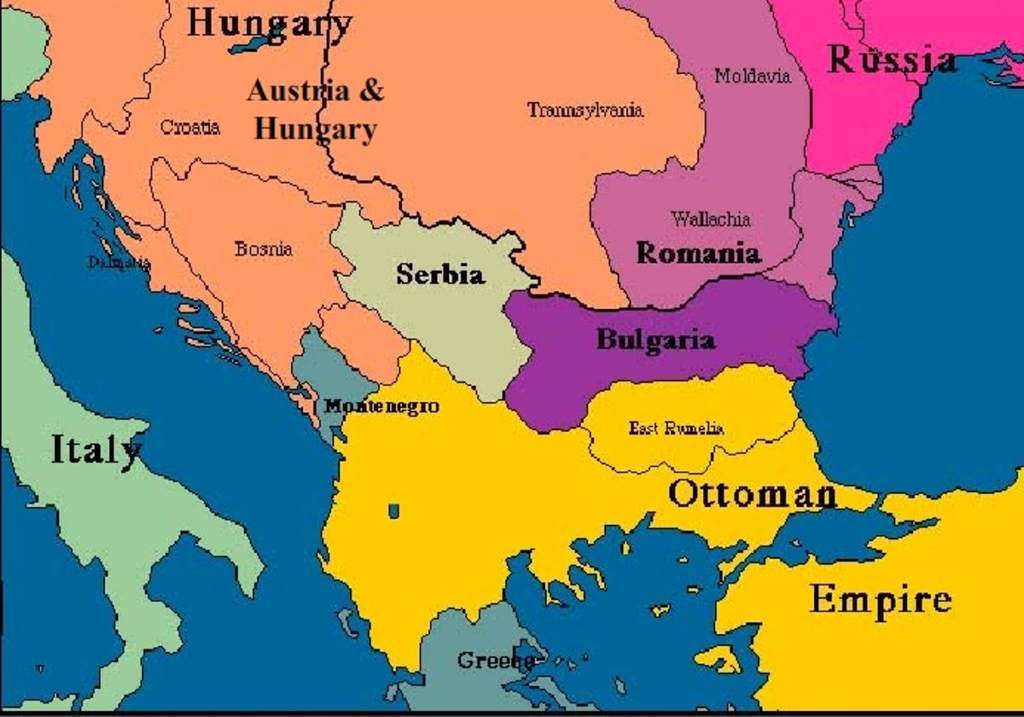
Sovereign Montenegro was now changing rapidly from its centuries-old ways. The towns, populated still mostly by Muslims, became the center of economic development and administration. To convert them, the first roads in Montenegro were built by compulsory labor paid for in wheat. The first industrial enterprises were based on the exploitation of forests and other natural goods and were owned mostly by Italian and Austrian capital. Despite all of its efforts, Montenegro never managed to become self-sufficient, and the deficit of its budget was filled regularly by Russia, which regarded the small principality as its most loyal ally.
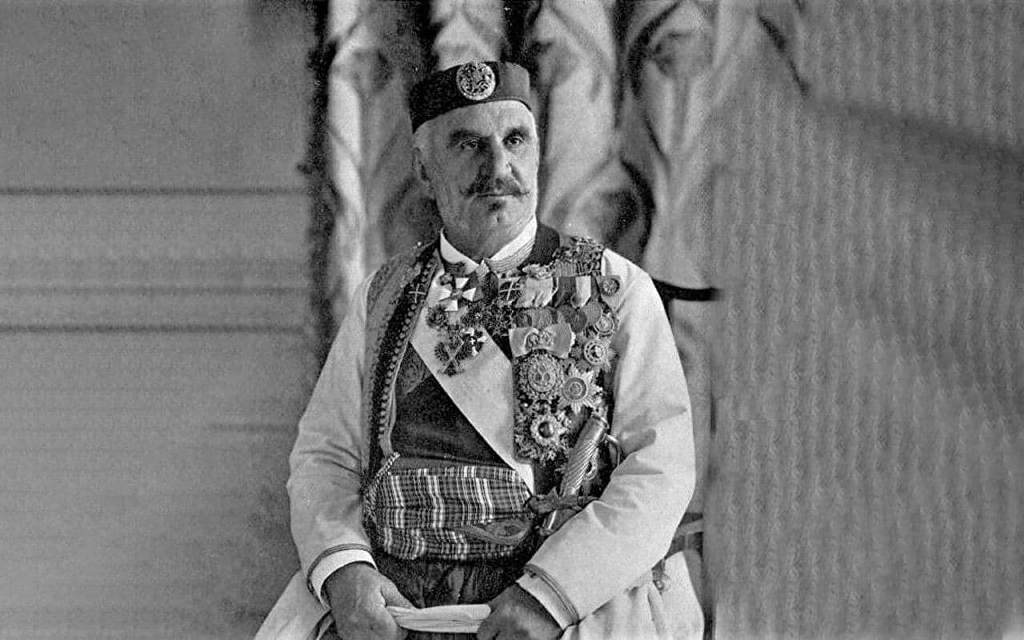
The administration was also changing. The Senate was abolished and its functions were taken over by the six ministers. The State Council (comprising ministers) and the High Court, but all of the dignitaries were appointed by Prince Nikola, whose will was the highest law in the land. This situation met with opposition first amongst some of the free-spirited chieftains who thought that the distribution of power would result in less willfulness of the Prince (and Nikola was a man with whom one could never be sure) and abuses by his cronies. Since these efforts were the work of just a few men, Nikola dealt with it easily. His real problems started when the same ideas, amplified by demands for democratization, were propagated by a growing body of young men educated abroad, mostly in Serbia.
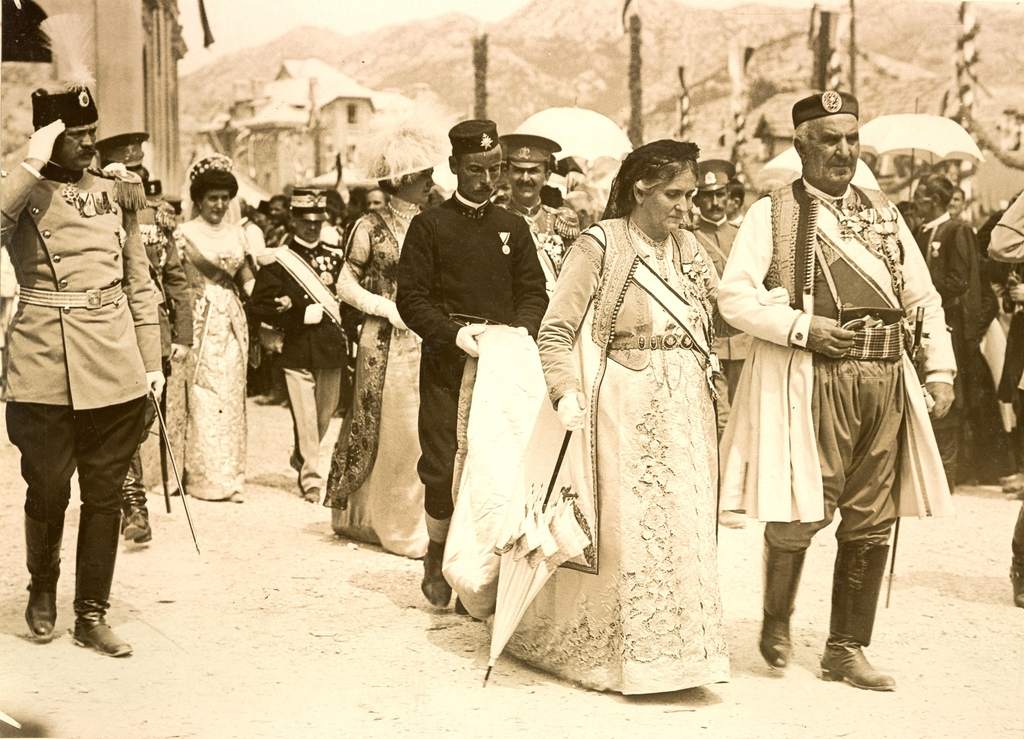
Their voices were eagerly heard, though perhaps not fully understood, by the majority of Montenegrins who were still living with their hands on their mouth. New problems for the Prince appeared in 1903 as Serbia got rid of its autocratic king and started developing a fully democratic system. It was an example to Montenegrin youth who were eager to follow. Belgrade again took on the cause of Serb and Yugoslav unification (which also included Montenegro), renounced Austrian tutorship, and gained the support of Russia, which now saw Serbia as its most important Balkan ally. Upon the news that the Russian Emperor had granted a constitution, Nikola took the same steps in 1905, and Montenegro became a constitutional monarchy. Parliament was also chosen by a public ballot amongst all male taxpayers, but had no prerogatives since ministers and governments were appointed and dismissed by the Prince.
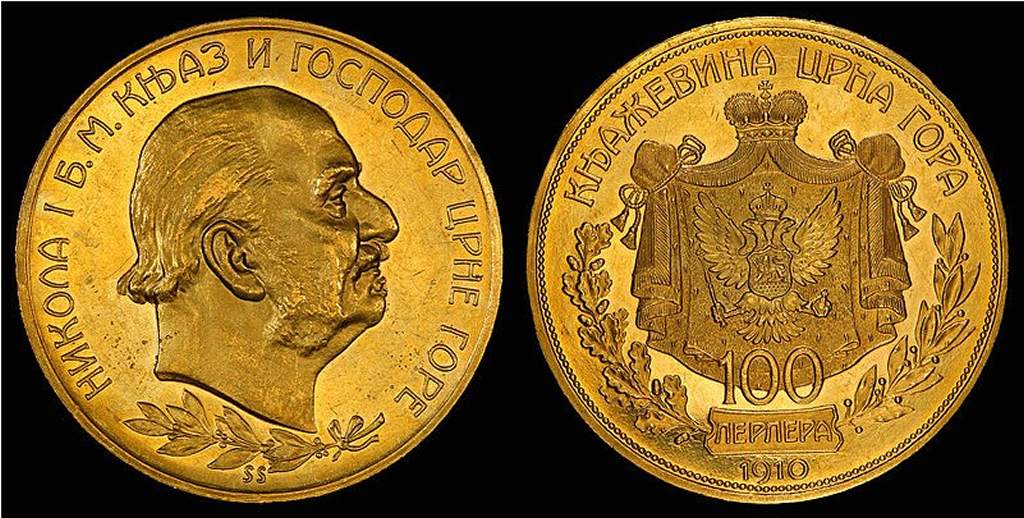
At first, the parliament was revoked and dismissed by the Prince. At first, the parliament was devoted to Nikola, but in 1907, divergent voices began to be heard, and the first parties were formed. The opposition People’s Party (Narodna stranka) was the first. In response to it, the governmental True People’s Party (Prava narodna stranka) was formed. Nikola accused the opposition of being tools in the hands of Belgrade and suppressed their activity. In 1907, a group of Montenegrin students educated in Belgrade was caught as they tried to smuggle bombs in from Serbia. Very few members of the People’s Party had knowledge about this, but Nikola decided to use the occasion to eliminate his adversaries and organized staged trials sentencing the opposition leaders to jail terms and death. The accusation between Cetinje and Belgrade was for a moment halted by the Austro-Hungarian annexation of Bosnia and Herzegovina (1908) to which both Montenegro and Serbia strongly protested, coming close to the brink of war against their mutual enemy.
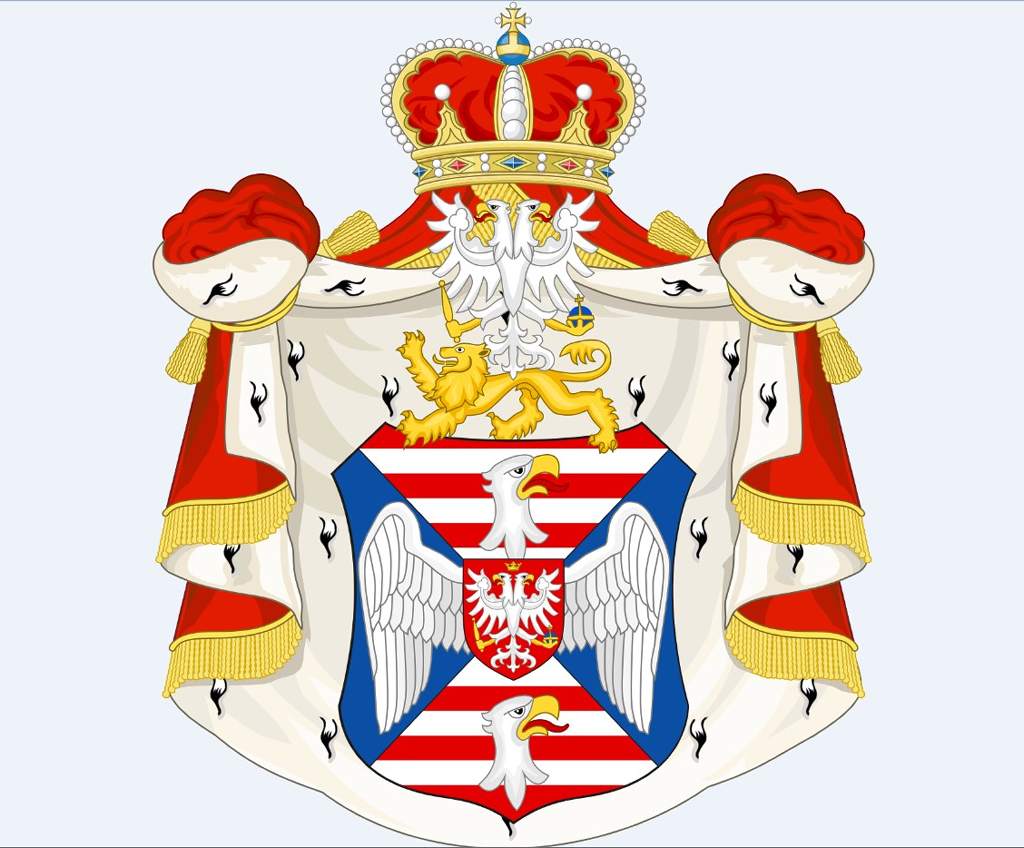
The jailing of opposition leaders forced the discontent underground, and in 1909, a secret organization plotting against the “tyranny” of Prince Nikola was discovered. The mass arrests and a new diplomatic quarrel with Serbia followed. The situation between the two countries was further entangled when in 1910, on the 50th anniversary of his rule, Nikola signaled that he didn’t feel inferior to the king in Serbia and set his sights on leading the liberation of Serbs in the Ottoman Empire, the idea that inspired every last part of society in both Montenegro and Serbia. Setting its differences with Serbia aside to fulfill this assignment, Montenegro joined the military alliance of Serbia, Bulgaria, and Greece, whose aim was to push the Ottomans from the Balkans. Montenegro had the honor of starting operations in the First Balkan War (1912).
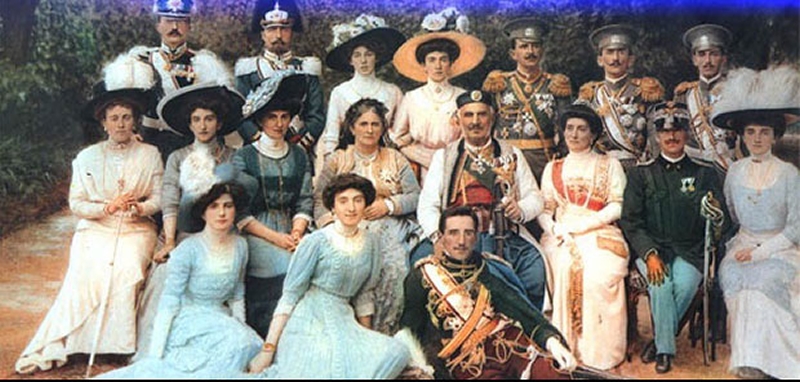
The battles in the narrow belt of land which divided it from Serbia were completed without much trouble, but then the Montenegrin army found itself stuck with the siege of the fortified Shkoder surrendered. Austria-Hungary threatened war if the town was not ceded to the newly founded Albanian state. Despite this futile campaign, Montenegro was enlarged with the regions surrounding the towns of Pljevlja, Bijelo Polje, Berane, and Plav, as well as the fertile lowlands around Peć and Đakovica in present-day Kosovo. Now that Montenegro and Serbia had the long-desired mutual border, new thoughts on unification arose, and many were not clear why a border between the two Serbian states should even exist, but Nikola ignored these ideas as he rightly saw that the smaller Montenegro would be devoured by Serbia.
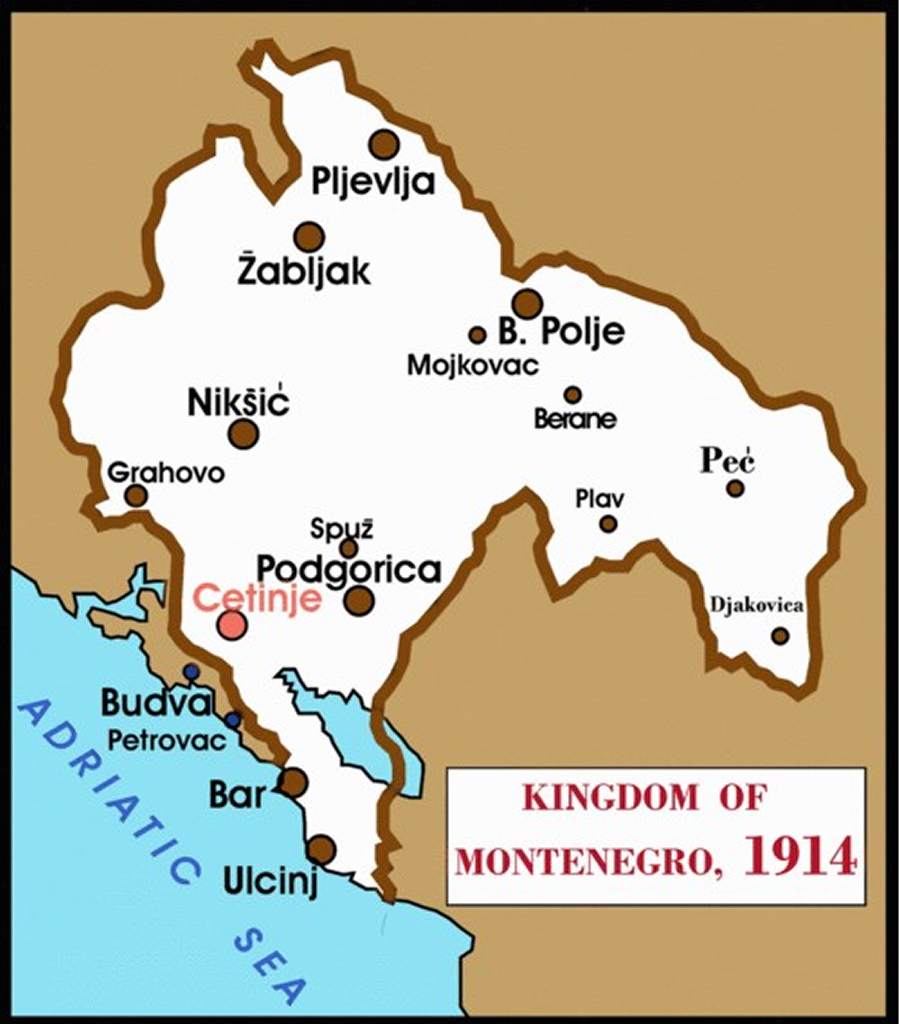
When in July 1914 Austria-Hungary declared war on Serbia, King Nikola did not lose a moment in joining his brothers in this challenge. Officers were exchanged between the two high commands to coordinate the operations, and troops of both armies established a common front toward Bosnia. In 1914, Montenegrins fearlessly defended Mt Lovćen; they even joined an offensive that almost reached Sarajevo. In late 1915, the Serbian front succumbed to a point attack by Austrians, Germans, and Bulgarians, and the Serbian army started retreating in the only possible direction mountains of Montenegro, in the hope of reaching the Adriatic and receiving help from its allies. This retreat was sheltered by the Montenegrin army, which had its hour of glory in the battle of Mojkovac (January 1916), where it held the Austrians long enough to let Serbians escape to Albania.
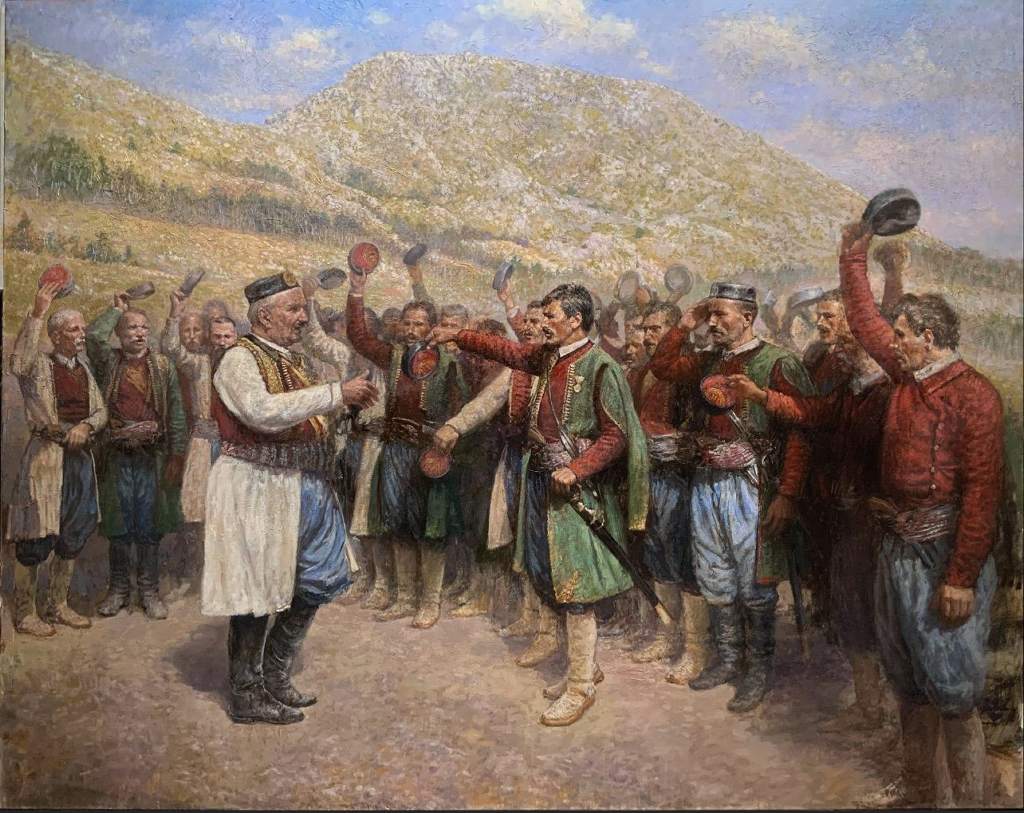
In the maritime front, Lovćen fell into Austrian hands, leaving a clear path towards Cetinje. The Montenegrin army was still undefeated, and the Allies suggested that the Montenegrins should join the Serbians and leave their homeland to continue the fight. However, King Nikola left the country for France, and the few ministers he left behind ordered the men to lay down their arms, an act that was viewed by the majority as humiliating and equal to treason. All of the officers and the government clerks on whom the Austro-Hungarians could lay their hands were arrested and sent to camps across the Empire. After the initial confusion, the occupation was met with guerrilla attacks that kept the fight alive and forced the enemy to station large forces in Montenegro.
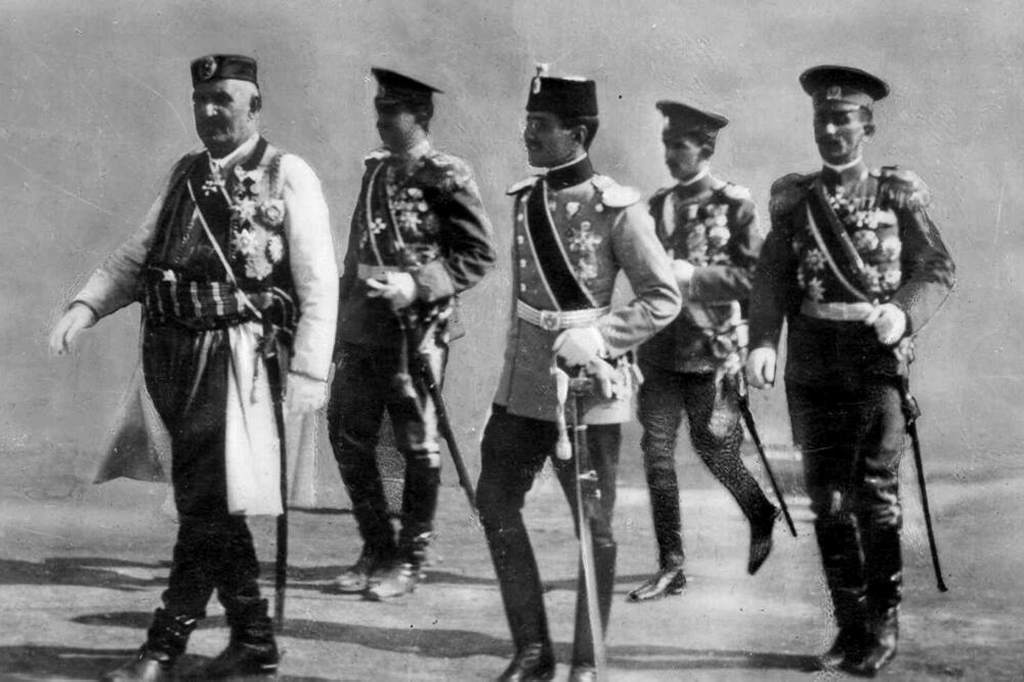
Both the Montenegrin and Serbian governments were now in exile, but while the Serbian one went with the almost complete state structure and even more importantly with a 200,000-strong army, the Montenegrin one had nothing to bargain with except for its allied status. In its plans for the end of the war, the Serbian government stated the concept of Yugoslav unification, whose first step would be the unification of Serbia with Montenegro. The idea enjoyed broad (though not unanimous) support amongst the Montenegrins, including most of the members of the exiled government and most of the encamped officers and clerks.
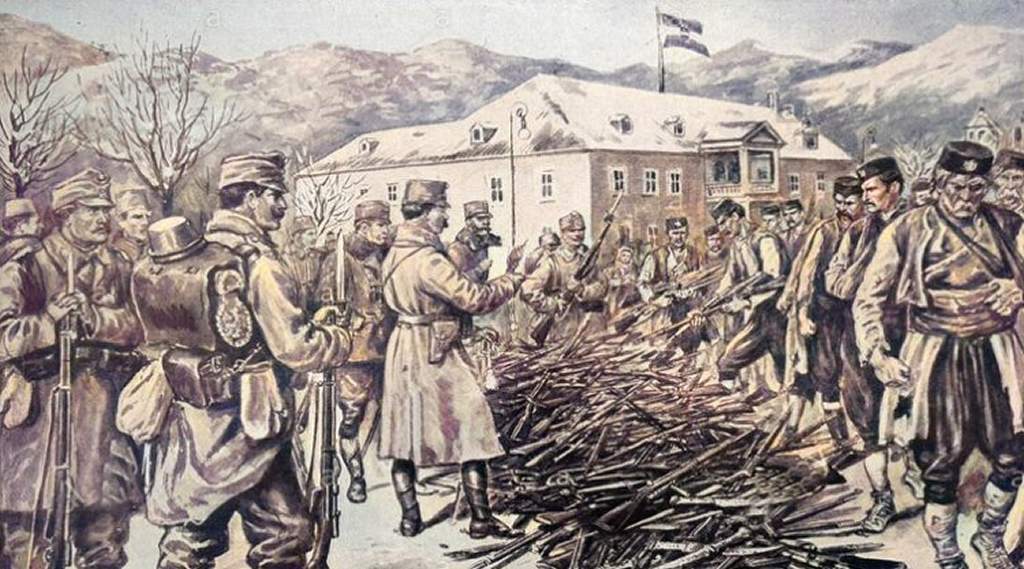
King Nikola, who spent his long rule guided by the same idea that he steadfastly spread amongst his subjects, was now in dire straits since it was obvious that one state could not have two kings and that his reputation was dissolving rapidly. Though nominally open to the idea, Nikola did nothing to support it, and the initiative was taken fully by Serbians. In September 1918, the Serbian army breached the front in Macedonia, pushing relentlessly northwards, and soon Montenegro was liberated by the units of volunteers from Boka, Herzegovina, and America under Serbian command and aided by the guerrillas. The situation in Montenegro was now controlled by the Serbian government, which had no intention of letting Nikola back into the country.

Deputies from all of Montenegro were hastily elected and met on 13th November 1918 in the so-called Podgorica Assembly (Podgorička skupština) where they voted for the unification with Serbia, accepting the Serbian dynasty, the ruling regent Aleksandar Karađorđević (grandson of King Nikola) and accusing Nikola of treason and forbidding him and return to the country. The body of unionists was made up not only of the pro-Serbian minded and the old opposition to King Nikola, but also embraced most of the young and educated, including the communists who saw the unification as a progressive move. This almost revolutionary overthrow was seen as dangerous by the older generation of the chieftains who ruled by the power granted to them by the king. There were the ministers of the state, many high-ranking officers, and clerks who had much to lose for their undisputed support of Nikola. Thus, two parties emerged, known for the colors of their lists of candidates for the Podgorica Assembly. White for the unionists (bjelaši) and a green one for the supporters of King Nikola (zelenaši).
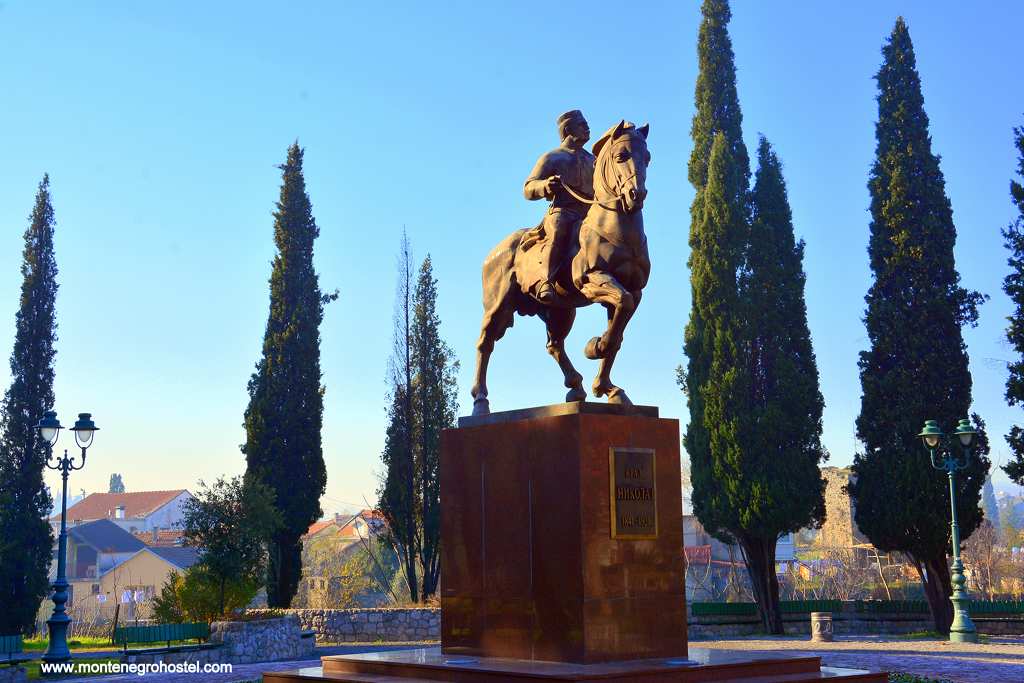
To return to power, Nikola sought support from Italy had plans to annex most of the eastern Adriatic, and which opposed the creation of a unified and Strong Yugoslav state. With the help of Italian troops who had already sailed into Boka Kotorska, ministers loyal to King Nikola organized groups opposed to the overthrow of their king and prepared the counterattack. They struck on Orthodox Christmas (January 1919, thus the event is known as the Christmas Rebellion (Božićna pobuna), blocking several towns. The unionists organized to fight back. In most of the places, bloodshed was avoided, but the strongest of the loyalist groups attacked Cetinje and was beaten off only after a day of bloody fighting.
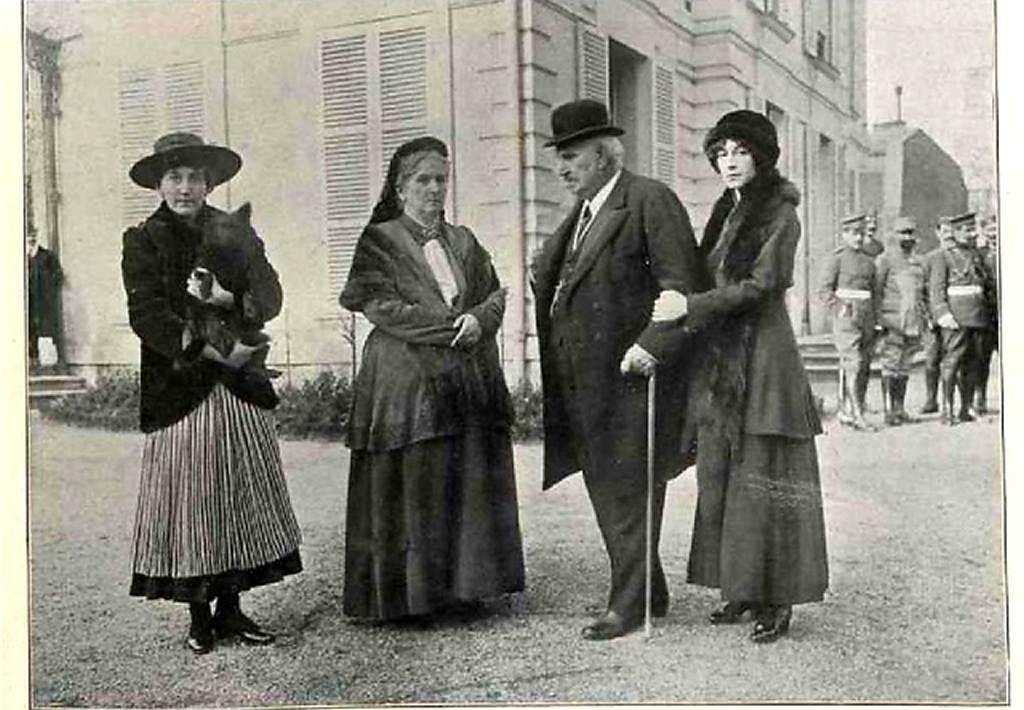
The loyalist plan failed, and they dispersed, some to Italy, others to the woods and mountains. Nikola died in Nice (France) in 1922, but the attacks on the new authorities by his loyalists lasted until 1926. Police and army posts were attacked and unionists killed, to which the police responded in brutal actions that included the burning of the guerrilla's homes and reprisals on their families.
Montenegro Hostel Team
YUGOSLAVIA
YUGOSLAVIA
In the new, large state, Montenegro became just one region far from any heroic importance it held in the minds of its inhabitants and other South Slavs. Geographically isolated, it had barely any roads or rail, and its inhabitants were living in poor conditions, additionally suffering from the consequences of war and occupation. Though efforts were made to improve education, health services, and the cultural level of the people, the local economy lagged. Similar to the situation in the rest of the state, the rich and developed regions prospered while the poor ones were not interested in investment. The benefits of the modern age, such as electricity, radios, and cars, were limited to the littoral and the few cities, while the villages seemed almost frozen in time. In terms of administration, the land itself was renamed to Zeta Region (Zetska oblast). It was limited and widened by Boka Kotorska and the Littoral.
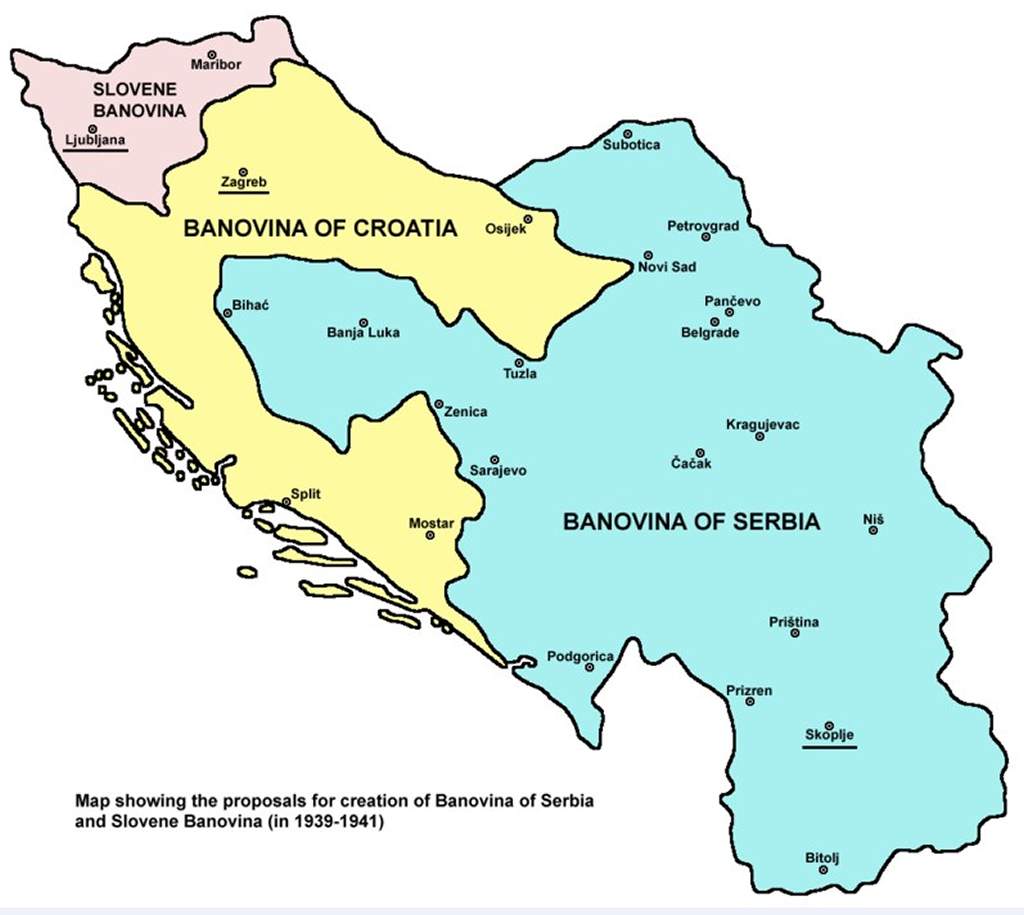
In 1929, Montenegro became the core of Zetska banovina, a large region including also East Herzegovina, Dubrovnik, south-west Serbia, and Metohija. Cetinje remained the administrative center. Political life was turbulent: in the first elections, 4 out of 10 seats allocated to Montenegro were won by the communists, reflecting the dissatisfaction and the will the change, but also the traditional administration for all things Russian. The Communist Party, whether legally or acting underground during its prohibition, remained successful in the interwar period, receiving much acclaim amongst the free-spirited Montenegrins. The mainstream was dominated by other parties active across Yugoslavia (Democratic, Radical, Peasant, etc). The only party specific to Montenegro was the Federalist Party, the offspring of the zelenaši faction of 1918, which stood for the federalization of the state, with Montenegro as one of its units. The high expectation of unification failed to materialize in terms of both the economic and the political progress achieved.

In April of 1941, Yugoslavia crumbled under the attack of Hitler’s Germany and its allies. Montenegro was occupied by the Italians, who annexed the coastal region while the rest of the country was intended to become a puppet state. However, the proclamation of “independent” Montenegro by the occupation through the parliament was made by the right wing. Federalists were met with great discontent among the people, and a day later, on July 13th, the uprising began. The Italians were attacked, and in a few days of fighting, their rule was limited to a few cities encircled by the rebel forces. The additional troops brought in by the Italians and Germans managed to beat off the insurrectionists who regrouped in the mountains. The communists who organized units under the name of Partizani (Partizans) held the largest sway over the guerrilla forces. The other group was četnici, Serb-oriented royalists, the two groups coordinated their actions against the occupation in the beginning by 1942 became bitter rivals engaged in a brutal conflict that would split the land in two.
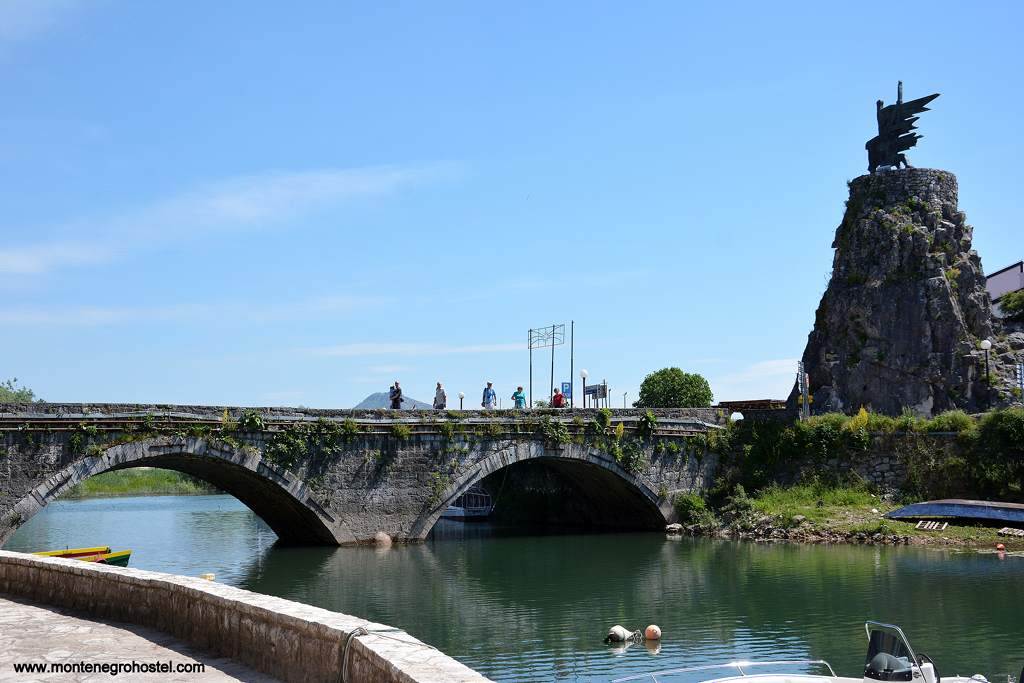
The Muslims and Albanians largely supported the occupation. As a reaction to the slaughters committed by the četnici, they joined the SS division formed by the Nazis. Overconfident, the communists managed in 1942 to ruin their dominant position by reprisals against all who disagreed with their uncompromising ideology. However, the Partisans proved to be the best organized and motivated, and by 1943, they returned to the position of strength, taking control over the mountains in the north of the country. By late 1944, the whole of Montenegro was liberated and firmly controlled by the communists. Their wartime and ideological enemies, as well as the bourgeoisie, were decimated. The huge contribution to the partisan victory by Montenegrins is seen clearly from the fact that 8 out of 32 members of the Supreme Command, as well as 36% of all-partisan generals, were Montenegrins, though they constituted only 2% of the Yugoslav population! In the new, socialist Yugoslavia, Montenegro became one of the constituent federal republics, equal in all matters with the other five.
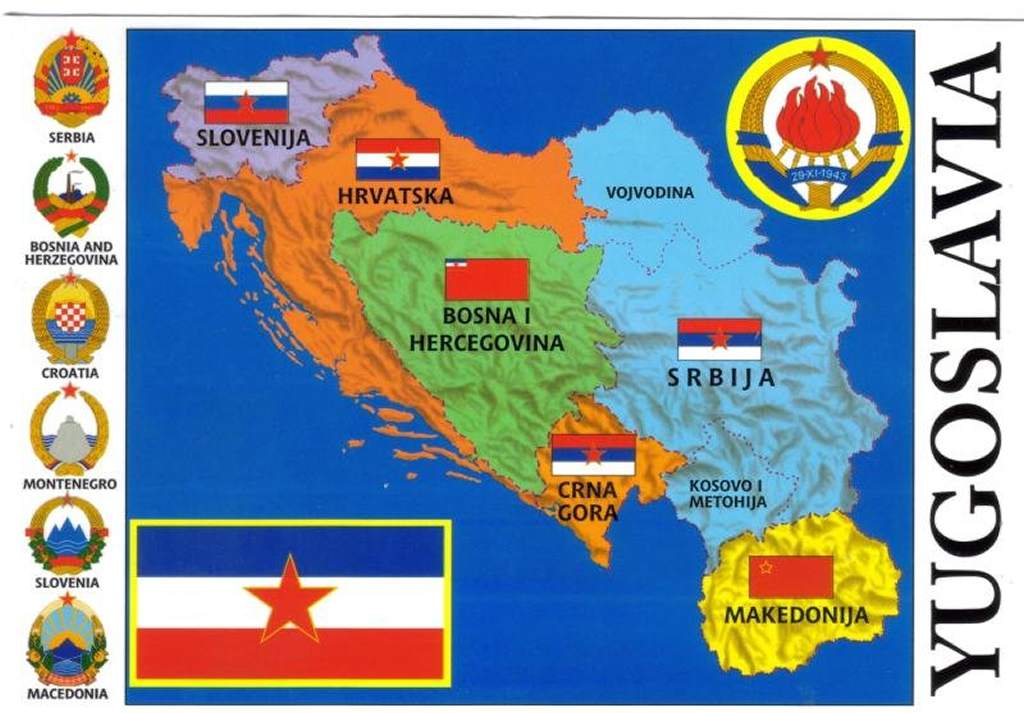
In 1945, the present-day frontiers of the country were established, and a year later, the capital was transferred to devastated Podgorica, which was renamed Titograd in celebration of the country’s leader, Josip Broz “Tito”. The war-torn country started its transformation along the lines of the Soviet model. However, in 1948, Tito clashed with Stalin. To maintain his power cleansed the lines of the communists of all who dared to believe that Soviet dogma was better than the “Yugoslav way to communism”. The purge hit the traditionally Russian-inclined Montenegrins hardest of all the Yugoslav nations. During the dispute, more than 5,000 people, 1% of the population, were arrested and sent to “correction” camps (the most notorious of them being Goli Otok island) where they were tortured physically and mentally, a great number of them never to return.
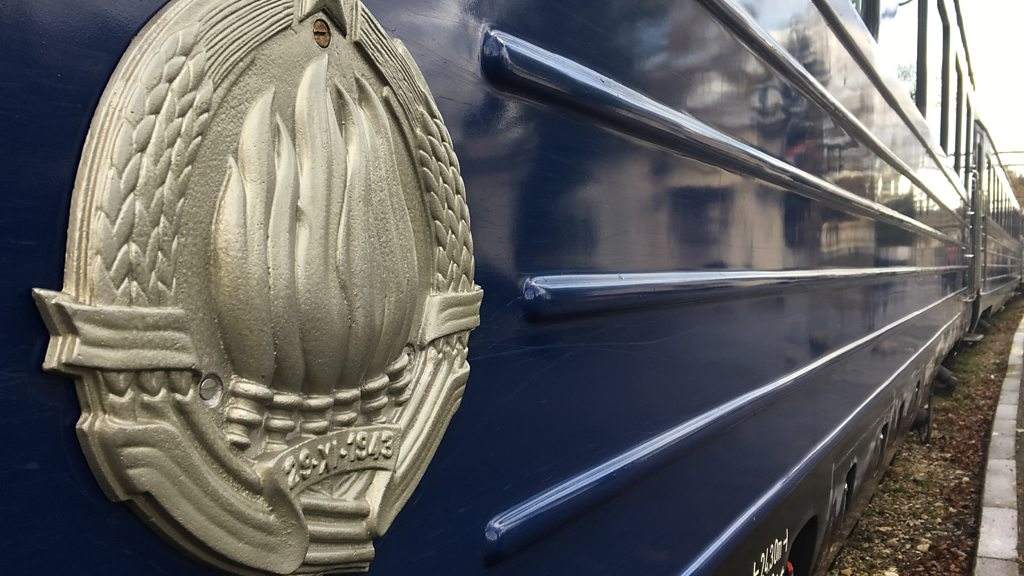
In the post-WWII period, Montenegro’s traditional social and economic structure was utterly transformed. Montenegrins from the poor areas hardest hit by the devastation of the war made up a fair proportion of the colonists in Vojvodina, a northern Serbian province. Belgrade and other major centers in Serbia (joined later by Sarajevo and Zagreb) during the period presented the focus points of migration from the republic, so that in 1991, 31% of Montenegrins lived outside of their native land. The agricultural population was brought to the towns, decreasing from 78% in 1948 to just 7% in 1991. New industrial facilities were established, such as the aluminum plant in Titograd, the ironworks in Nikšić, and the ore mine in Pljevlja. New roads were built, and in 1974, the Belgrade-Bar railway, currently still one of the main arteries of the country’s economy, was opened. These decades were marked by a long period of stability and economic growth, Yugoslav “consumer-socialism”, the state-secured jobs, health care and pensions, credits from the Western Block, and also the rise of tourism.
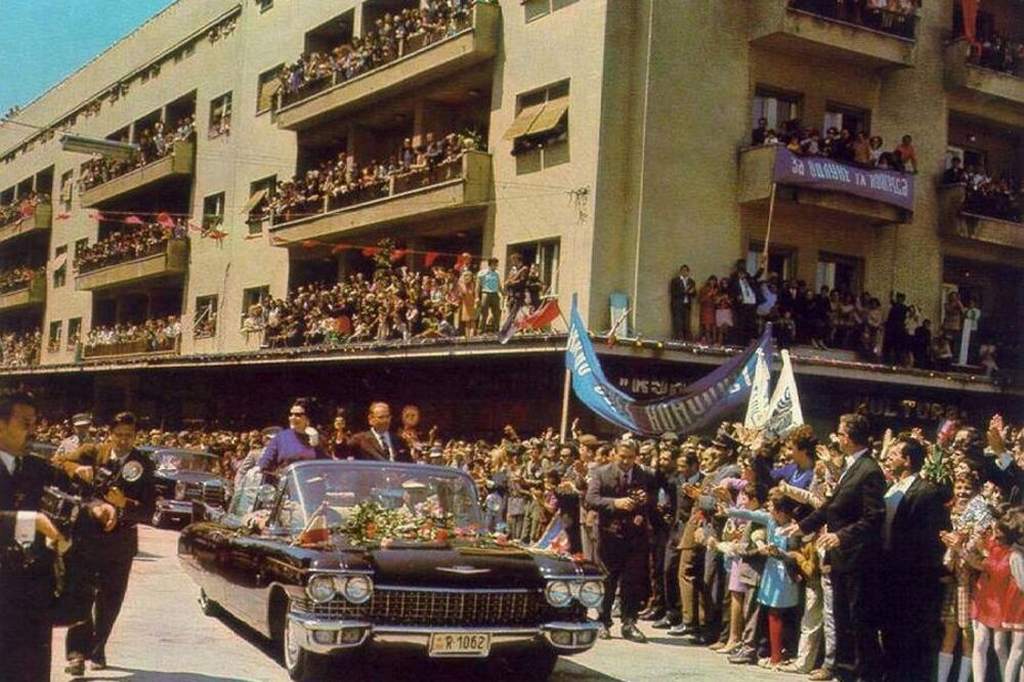
Education, social, and cultural life were controlled solely by the communist party. The satisfaction was high, so there were few dissidents. Montenegro, as well as all the other republics of Yugoslavia, also got a state TV channel (1976), the university in Podgorica (1974), the Academy of Arts and Sciences (1976), and other prerogatives as a nation-state into which the Yugoslav republics were transforming with the weakening of Tito’s control. The national question was deemed solved with an administrative rule of thumb stating that all the Orthodox in Montenegro are Montenegrins. To deny this would be to challenge the system. When the late 1980s Yugoslavia started to disintegrate along national lines, the old, stagnant communist hierarchy in Montenegro stuck to the model of Montenegrin nationality, while the opposing voices introduced the Serb nationalist rhetoric.

A faction of the Party, led by younger members Momir Bulatović, Milo Đukanović, and Svetozar Marović, joined forces with the leader of the Serbian communists, Slobodan Milošević (born of a Montenegrin father), and overthrew the old establishment (1989). Free parliamentary elections followed in 1990, and the first multi-party parliament was formed with Bulatović becoming the president while Đukanović was hailed as the youngest prime minister in Europe. The reformed communist party changed its name to the Democratic Party of Socialists (DPS), keeping all power in its hands. The help from Serbia was repaid by loyalty in the last days of Yugoslavia, and as ethnic tensions rose, the DPS tolerated Serb nationalism. In 1991, fighting broke out in Slovenia and Croatia as they seceded. The Yugoslav army units from Montenegro, combined with the local reservists, were sent against Croatian forces in Dubrovnik.
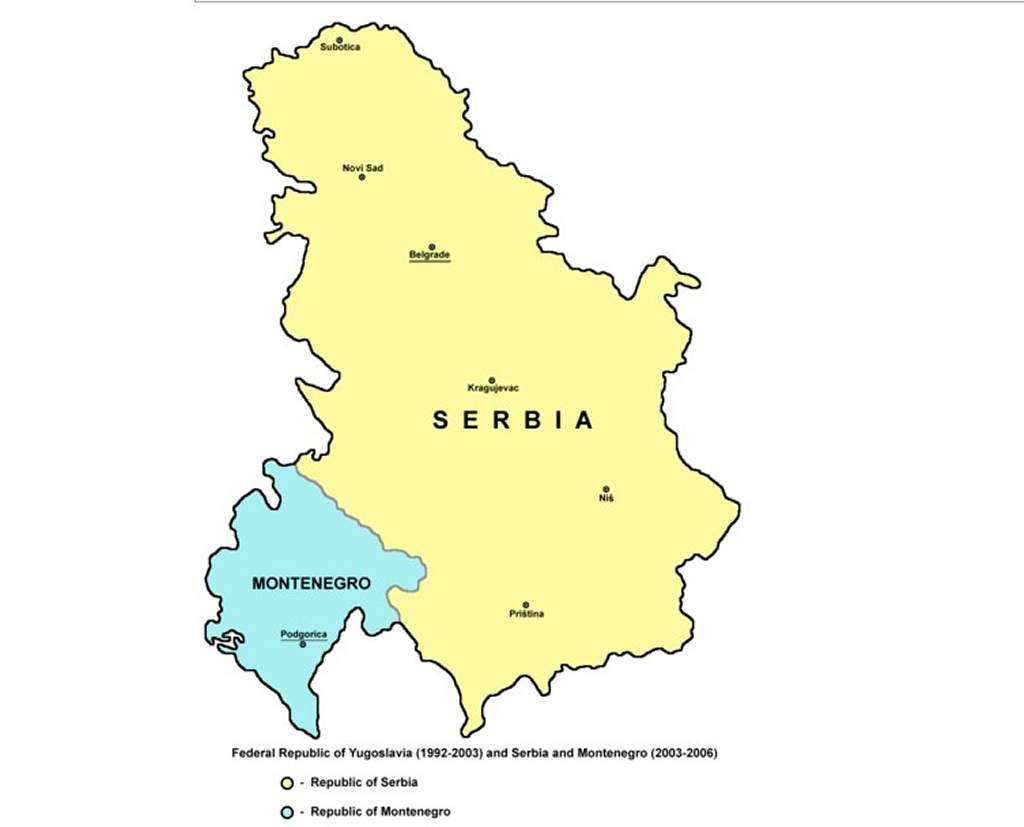
This mini–war ended quickly with no gains for Montenegro but a hundred dead and a ruined reputation in what seemed to be an unprovoked attack. In the referendum on the status of Montenegro in April 1992, 64% of the population voted to form, together with Serbia, the Federal Republic of Yugoslavia, which now had only two members. For its help to Serbs from Croatia and Bosnia (whose leader, Radovan Karadžić, was also from Montenegro) in the summer of the same year, the new state had international economic sanctions imposed upon it. This ruined the country’s economy and drove inflation sky-high. During these dark years, the government gave support to all decisions reached in Belgrade by Slobodan Milosević. Change came in late 1996 as Milošević’s power was paralyzed by massive demonstrations all over Serbia. Đukanović decided that it was time to leave the sinking ship, while Bulatović continued his support for the Serbian leader. Soon, the two were in a bitter dispute, their party split, and in the presidential elections in 1997, they both became presidential candidates.
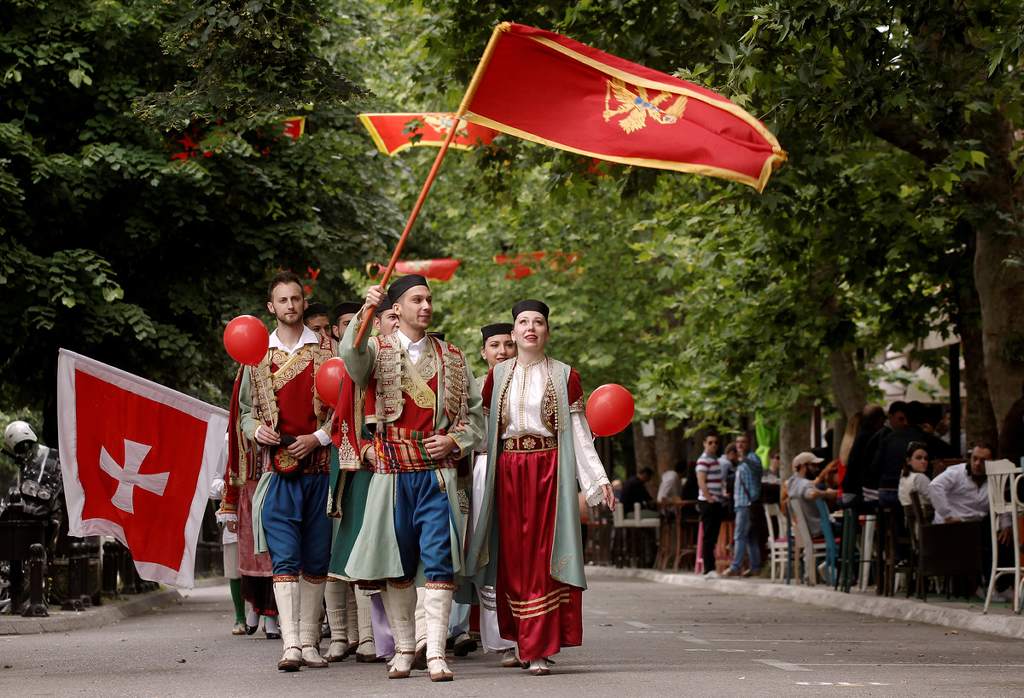
Đukanović’s victory by a narrow margin was followed by a political stand-off on the edge of civil war since his opponent had the support of the army and he that of the police. In the end, Đukanović took control completely, and Bulatović was forced to form a new opposition party. Milo Đukanović adopted a policy of distancing himself from Serbia and the long-threatening hand of Milošević, gradually setting of course towards an independent Montenegro. During the NATO bombing campaign against Yugoslavia, Montenegro was targeted only slightly, and its hardest test was the refugees escaping war-struck Kosovo. By the time of Milošević’s downfall, Montenegro was independent in all but name, and its course was continued in the following years through the international community, fearful of a new crisis, which promoted the new loose confederacy named simply the State Union of Serbia and Montenegro. After much internal tension, in May of 2006, Montenegro voted (with 55,5%) in favor of the separate state.
Montenegro Hostel Team
MONTENEGRO
MONTENEGRO
Following a referendum on independence in May 2006, Montenegro regained its independence, and the union with Serbia peacefully disbanded. The name “Republic of Montenegro” refers to the period when Montenegro was part of the Federal Republic of Yugoslavia or the State Union of Serbia and Montenegro. The name was still used upon independence in 2006, but the official name “Montenegro” was prescribed in the Constitution, which was adopted in December 2007. However, the obsolete name “Republic of Montenegro” is still incorrectly used in some official documents, by civil servants, media, and on websites. Montenegro is defined as a civil, democratic, environmental, and social justice state, based on the rule of law. The current Constitution of Montenegro was adopted on October 22, 2007.
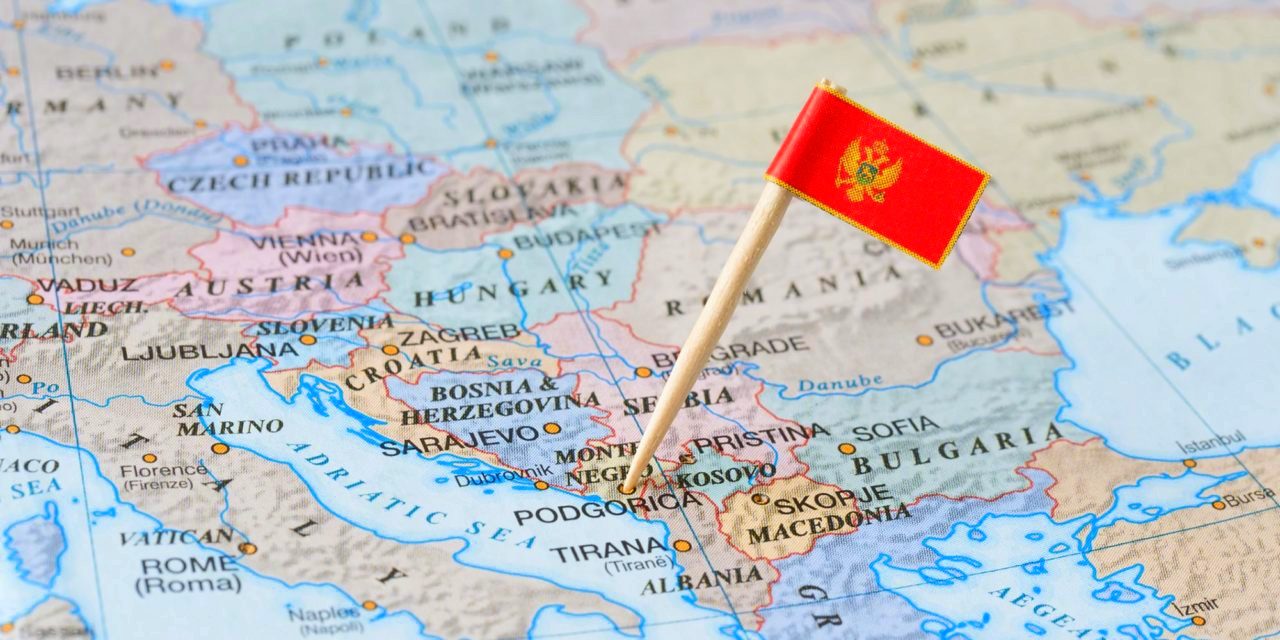
The President of Montenegro is elected for 5 years through direct elections. According to the Constitution of Montenegro, the President represents the state in his country and abroad, promulgates laws, calls parliamentary elections, proposes candidates for Prime Minister, President, and judges of the Constitutional Court to the Parliament of Montenegro, proposes a referendum, grants amnesty for criminal acts, awards decorations, and awards and performs other duties prescribed by the constitution. The president is also a member of the Supreme Defense Council. The current president of Montenegro is Milo Đukanović (Milo Djukanovic). He is also the president of the Democratic Party of Socialists (DPS), the party that has ruled Montenegro for 30 years, and a former prime minister, defense minister, and MP.
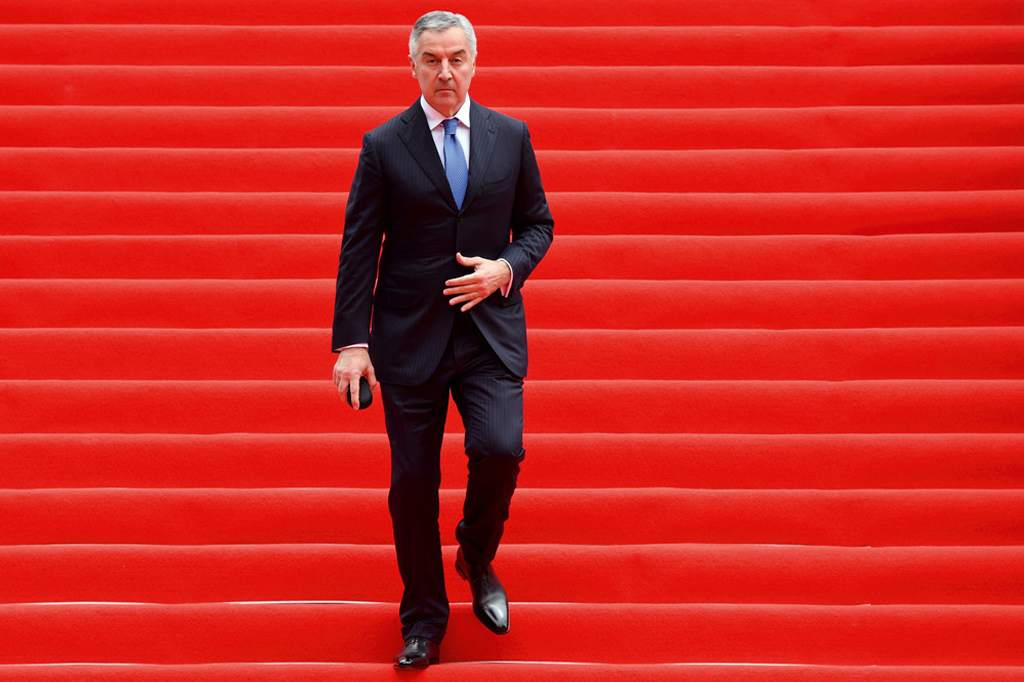
The end of his sixth term, as well as the fact that he ruled for 30 years, make him the longest prime minister in Montenegrin history in terms of length of office and number of terms. He is the only former Yugoslav leader to remain in full power throughout the 1990s until 2022. When he first appeared on the political scene, he was a close ally of Slobodan Milosević during the anti-bureaucratic revolution (1988-1989) and the break-up of the SFRJ (Socialist Federal Republic of Yugoslavia). He was the Prime Minister of Montenegro during the blockade of Dubrovnik (1991-1992), for which he fervently advocated and supported in various speeches and statements, but later on, he apologized to Croatia in 2000 for military actions against Dubrovnik. He supported the then-President of Montenegro, Momir Bulatović, in an agreement with Lord Carrington, which led to a referendum on Montenegro's independence in 1992, in which 96.76% of those who voted to stay in Yugoslavia.
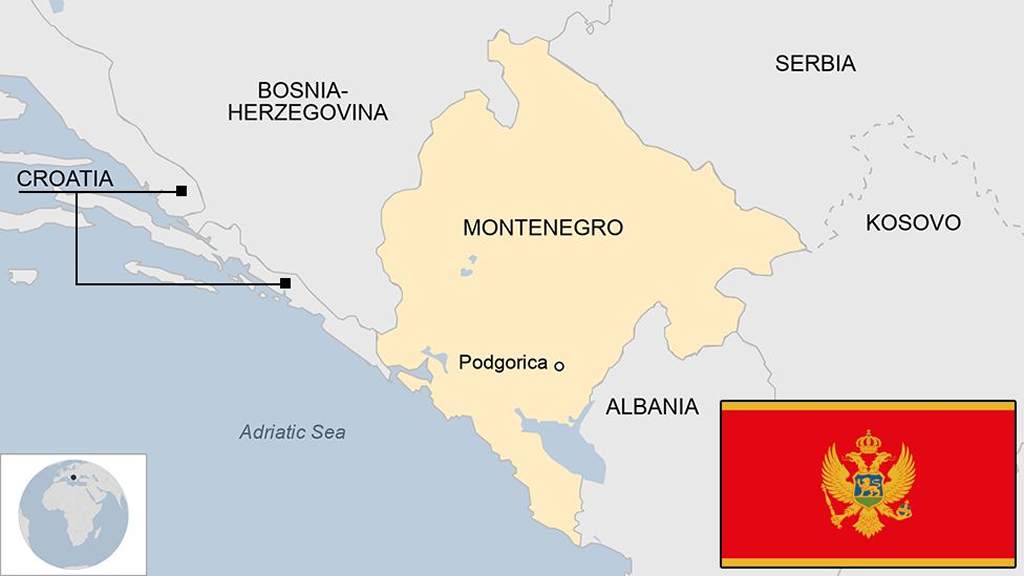
In 1996, he began to distance himself from Slobodan Milosević and the federal government and abandoned Serbian-Montenegrin unionism in favor of Montenegrin ethnic nationalism, which included, among other things, a separate Montenegrin identity and an independent Montenegro. This led to a conflict with Momir Bulatović and divisions in the DPS. In the 1997 presidential election, Đukanović narrowly defeated Bulatović, becoming the new president. In 1999, during the NATO bombing of the FRY with the countries of Western Europe, he managed to reduce the bombing in Montenegro. He later replaced the Yugoslav dinar with the German mark in Montenegro due to the conflict with Milosević over the excessive printing of the dinar. After the overthrow of Slobodan Milosević in 2000, he signed an agreement with the new Serbian government that led to the Constitutional Charter of Serbia and Montenegro three years later. In the 2006 referendum on Montenegro's independence, he supported the option of independence from Serbia, which was voted for by 55.5% of voters.
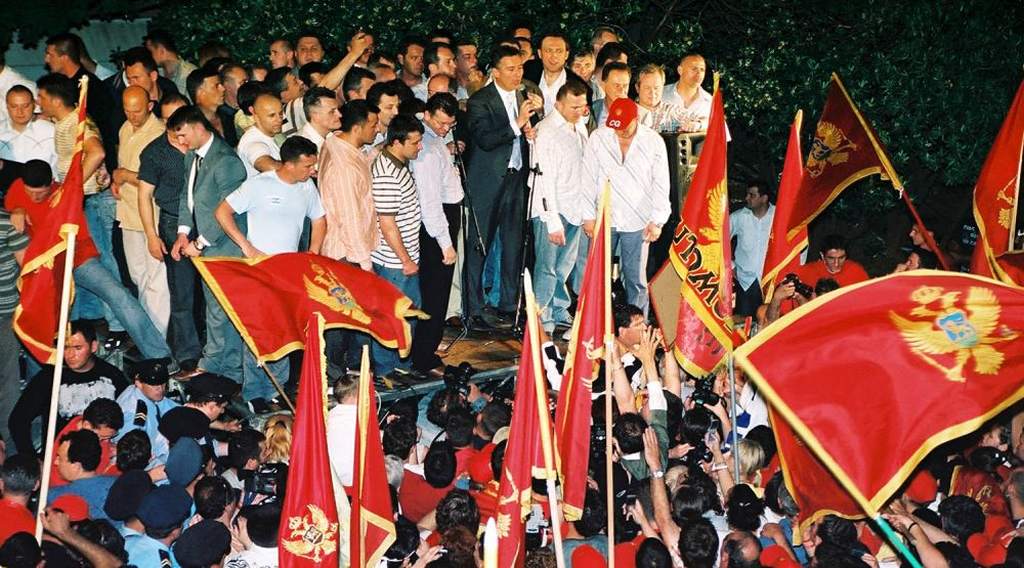
Milo Đukanović was a communist youth and one of the leaders of socialist Montenegro from 1989 to 1991, Prime Minister of Montenegro for four terms (1991-1993, 1993-1996, 1996-1998; 2003-2006; 2008-2010; 2012-2016 ), President of Montenegro (1998-2002) and Acting Minister of the Interior in 2006. After former Prime Minister Željko Šturanović resigned due to health reasons, Đukanović was nominated for prime minister and was officially re-elected on February 29, 2008. After retiring from politics in 2010, he was re-elected Prime Minister in 2012, while in the presidential elections held on April 15, 2018, Milo Đukanović was elected President of Montenegro. He advocated the policy of Montenegro's accession to the NATO pact and the European Union, the first of which was fulfilled in 2017.

During his presidency and term as Prime Minister, he conducted a period of transition and privatization in Montenegro. Almost all economic activities of Montenegro are focused on the development of tourism. The Government of Montenegro has set itself the goal of developing Montenegro into an elite tourist destination. Montenegro has good conditions for the development of all types of tourism, as it has beautiful beaches, a mountainous region in the north, a rich religious and cultural heritage, and a well-preserved natural environment. Montenegro was a well-known tourist resort during the 1980s, but due to the wars in the surrounding countries during the 1990s, its image as a tourist destination was damaged. Montenegrin tourism did not begin to recover until the early 2000s, and the number of tourists and overnight stays has increased significantly since then.
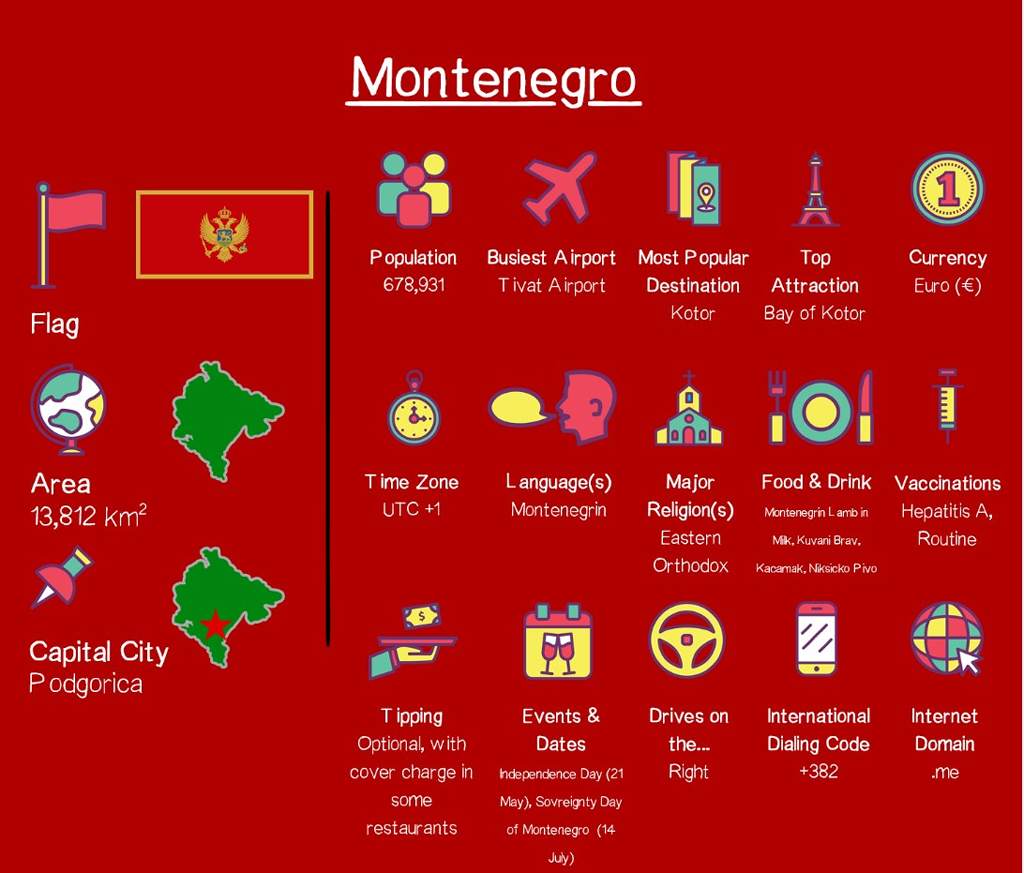
Using his connections and political influence, Milo Đukanović managed to bring several dozen serious international reputable investors as well as Russian oligarchs to Montenegro. Encouraged by the idea and Đukanović's guarantees that the Montenegrin coast should be turned into an elite tourist resort, they began investing in tourist complexes (over a billion euros each), transforming mostly former Yugoslav army bases on the coast into super-luxury destinations, which are, due to their offer and organization, became world-famous. On the other hand, Milo Đukanović was not so successful with the process of privatization of many factories that remained after the breakup of Yugoslavia. Intentionally or unintentionally, almost all factories were extinguished or destroyed, most often turning into expensive construction land.
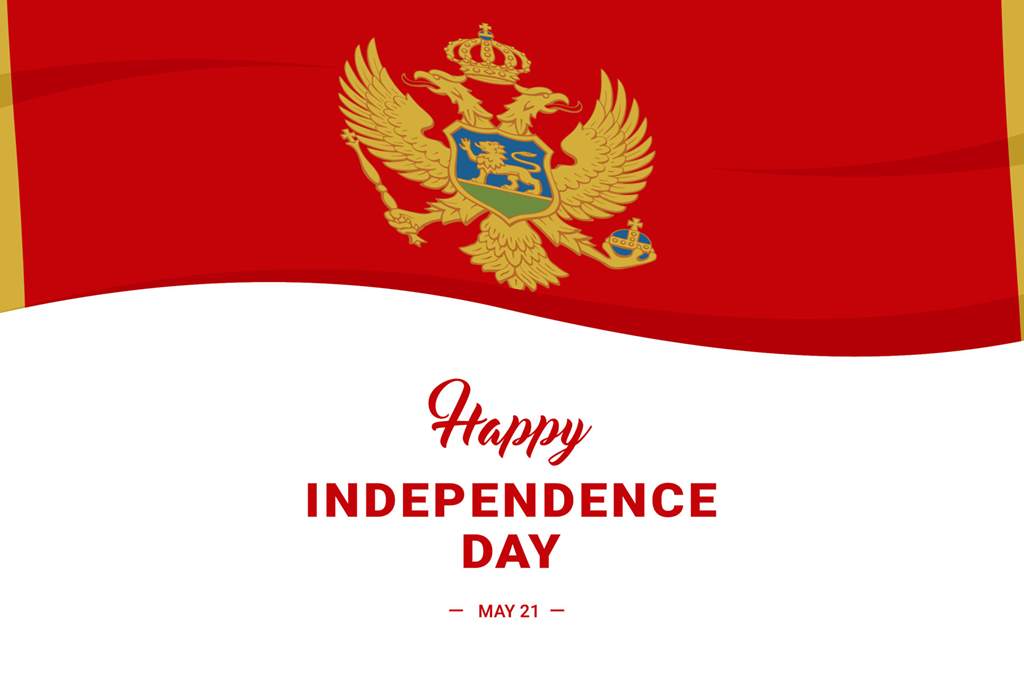
Such disproportionate economic development of Montenegro since its independence in 2006 has led to a polarization of society between the developed south, dominated by lavish tourism with numerous hotels, and the north of the country, dominated by failed factories, unemployment, and underdeveloped agriculture and livestock. Many people from the north emigrated in search of work in Western European or American countries, while others emigrated to the coast or the capital, Podgorica, for the same reason. These economic disparities affected all residents equally, regardless of their ethnicity. Over time, it has become clear that most members of the powerful DPS party, led by Milo Đukanović, enjoyed great privileges in society, while the majority of the population was in an economically unenviable situation, and not a small number of people were even on the brink of poverty.
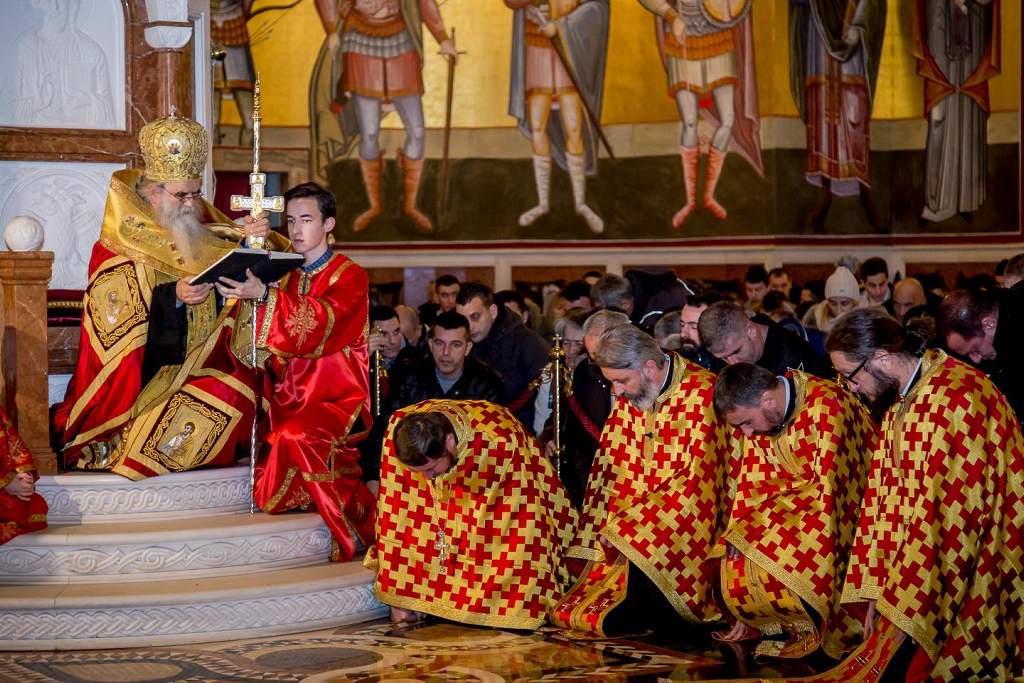
All this, along with several corruption scandals within the DPS, led to popular discontent. When Milo Đukanović promulgated the controversial Law of Religion on December 29, 2019, mass protests organized by the Serbian Orthodox Church began in Montenegro. Thanks to the influence of the church and the Metropolitan Amfilohije (he died 2 months after the elections, 1938-2020), in the parliamentary elections of August 30, 2020, the coalition around the DPS lost its power, and elections for the first time in almost 30 years. By a decision of all parties that won the elections, the 42nd Government of Montenegro was constituted, in which the expert concept was applied.
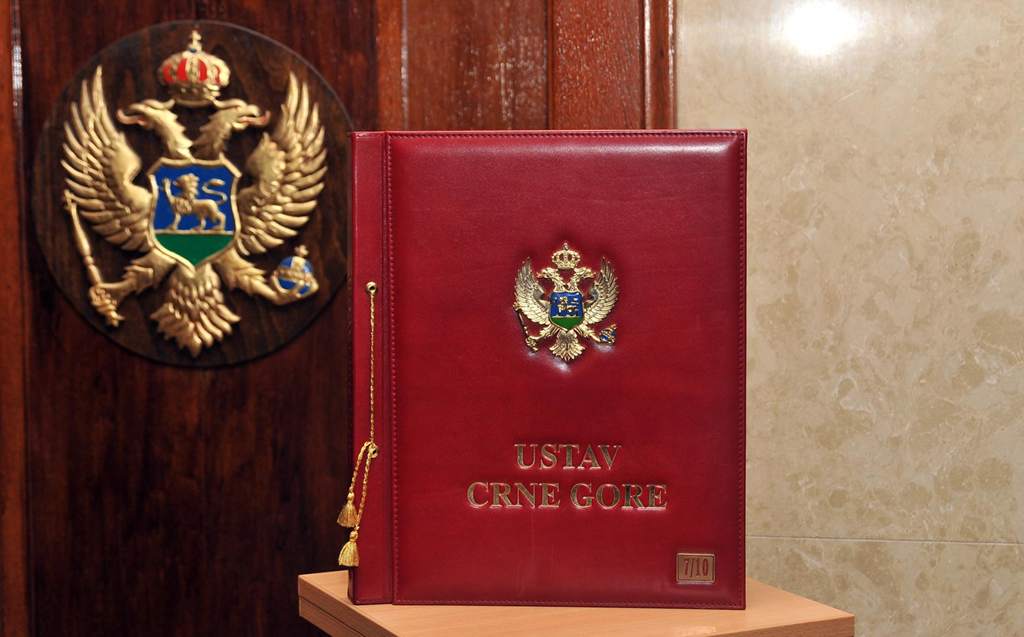
The new prime minister was a distinguished professor of mechanical sciences, Zdravko Krivokapić, who organized 12 ministries, with 12 ministers who were experts in their field. Some of these ministers proved to be up to the difficult task of reorganizing the captured state apparatus and institutions and made almost revolutionary changes by almost doubling the minimum wage and all other wages in the country, rising by an average of 30%. This economic project is called Europe Now! (Evropa sad!) met with great applause among the population. On the other hand, some of the ministers did not achieve the desired results in the dismantling of the former state system, and finally, in February 2022, the Parliament of Montenegro voted no confidence, and the 42nd Government fell.
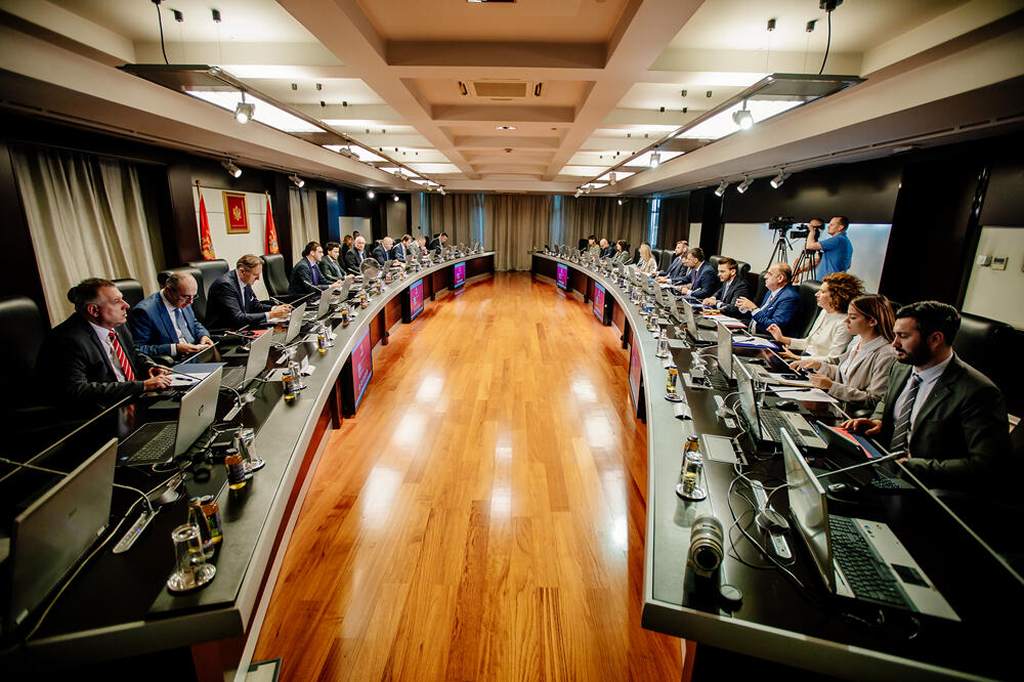
In addition to a vote of no confidence in the government, the president of the Montenegrin parliament was removed. The turnaround came after the one political party from the parliamentary majority (URA) decided to continue its politics beyond the agreement reached after the election. The removal of the Government and the President of the Assembly was supported by the votes of the Đukanović's DPS party, where this act has been interpreted this act as a betrayal of the will of the people. A few days after this turn in the assembly, mass protests followed in the country to organize new elections. In the meantime, the strongest stronghold of the DPS in Cetinje (a city considered the historical center of Montenegro) gave way. In February 2022, the DPS in Cetinje lost power and joined the opposition. All these sudden changes have caused dissatisfaction among people on all sides.

Dritan Abazović was elected prime minister of the minority 43rd government, but that government lost confidence after only 100 days. This was followed by presidential elections, where the new president of Montenegro, Jakov Milatović, was elected (he was the Minister of Economy in the Government of Zdravka Krivokapic). After 32 years of firmly holding power in his hands, Milo Djukanović left the political scene. The ceremonial inauguration of the new president was held on May 19, 2023. Not long after, on June 11, 2023, new parliamentary elections were held, where the party Europe Now! won the most mandates. Thus, the multi-year national polarization of citizens and rising tensions are over, and Montenegro is waiting for a new 44th government whose goal is to bring Montenegro into the European Union as soon as possible.
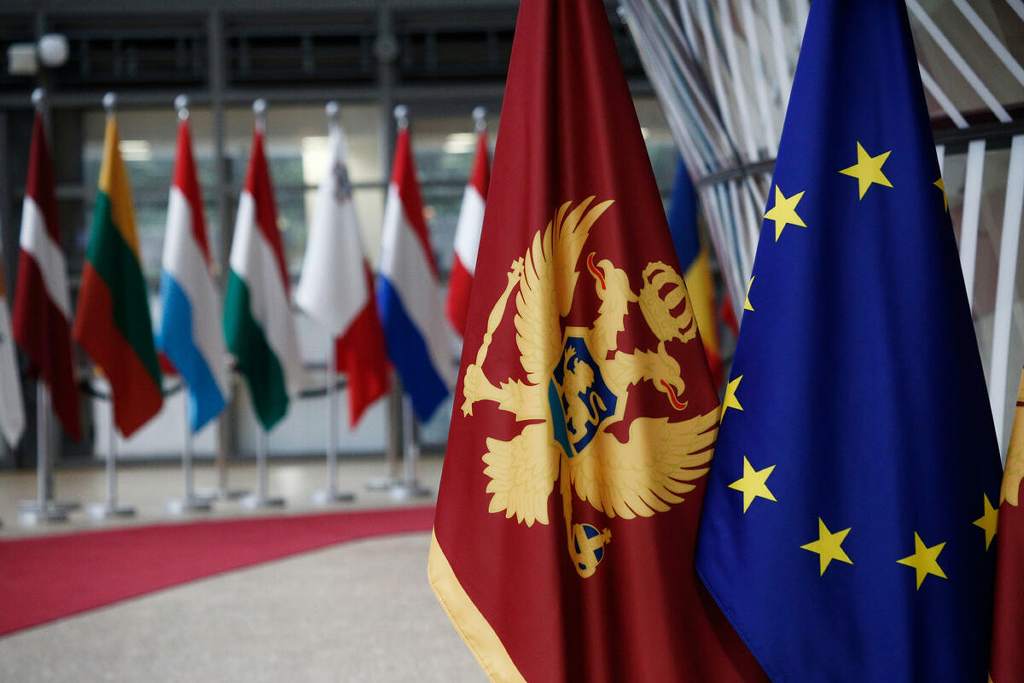
On June 28, 2006, Montenegro became the 192nd member of the United Nations, and on May 11, 2007, the 47th member of the Council of Europe. On June 5, 2017, Montenegro joined NATO as its 29th member. Classified by the World Bank as a higher middle-income economy, Montenegro is also a member of the World Trade Organization, the Organization for Security and Co-operation in Europe, and the Central European Free Trade Agreement. Montenegro is a founding member of the Union for the Mediterranean. It is in the process of joining the European Union.
Montenegro Hostel Team












































































